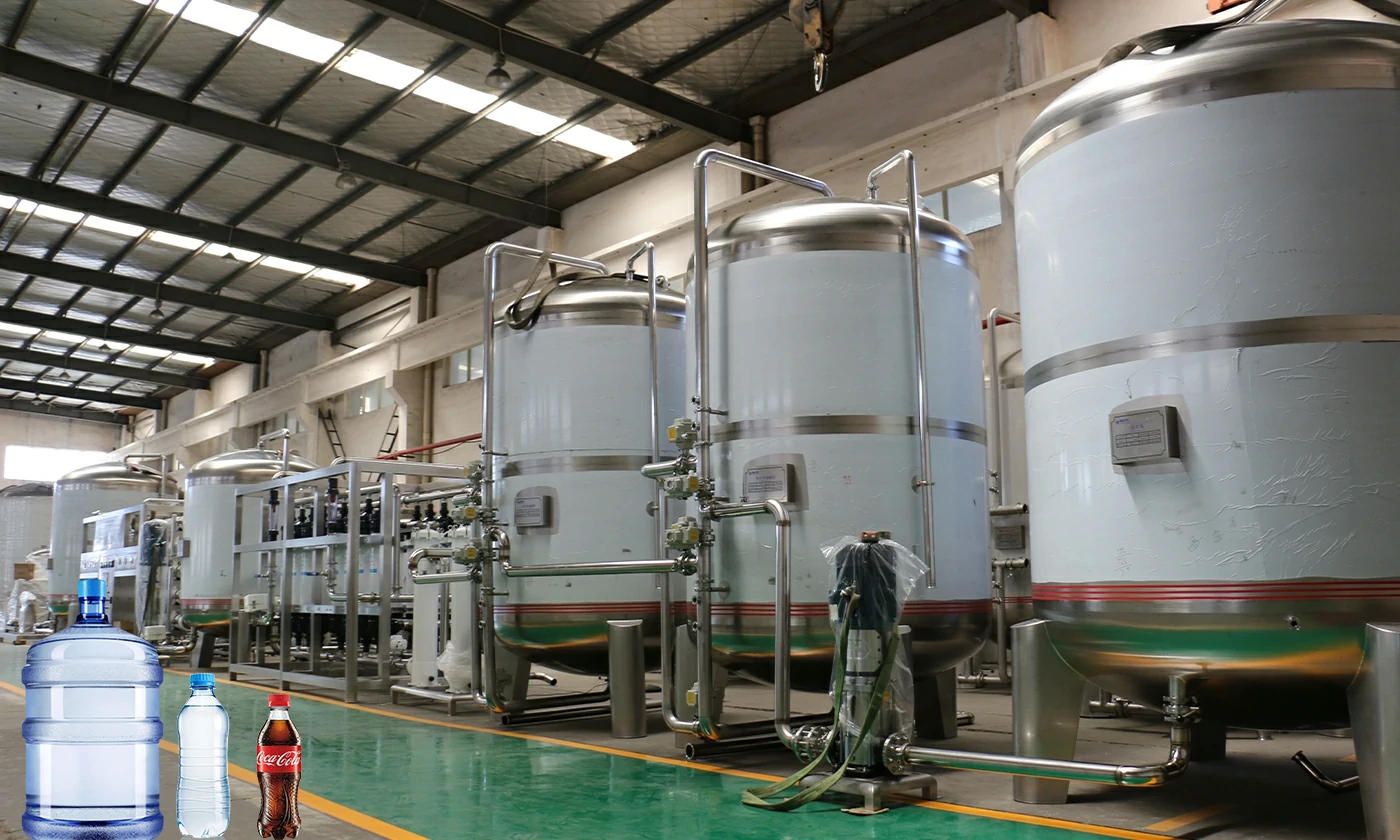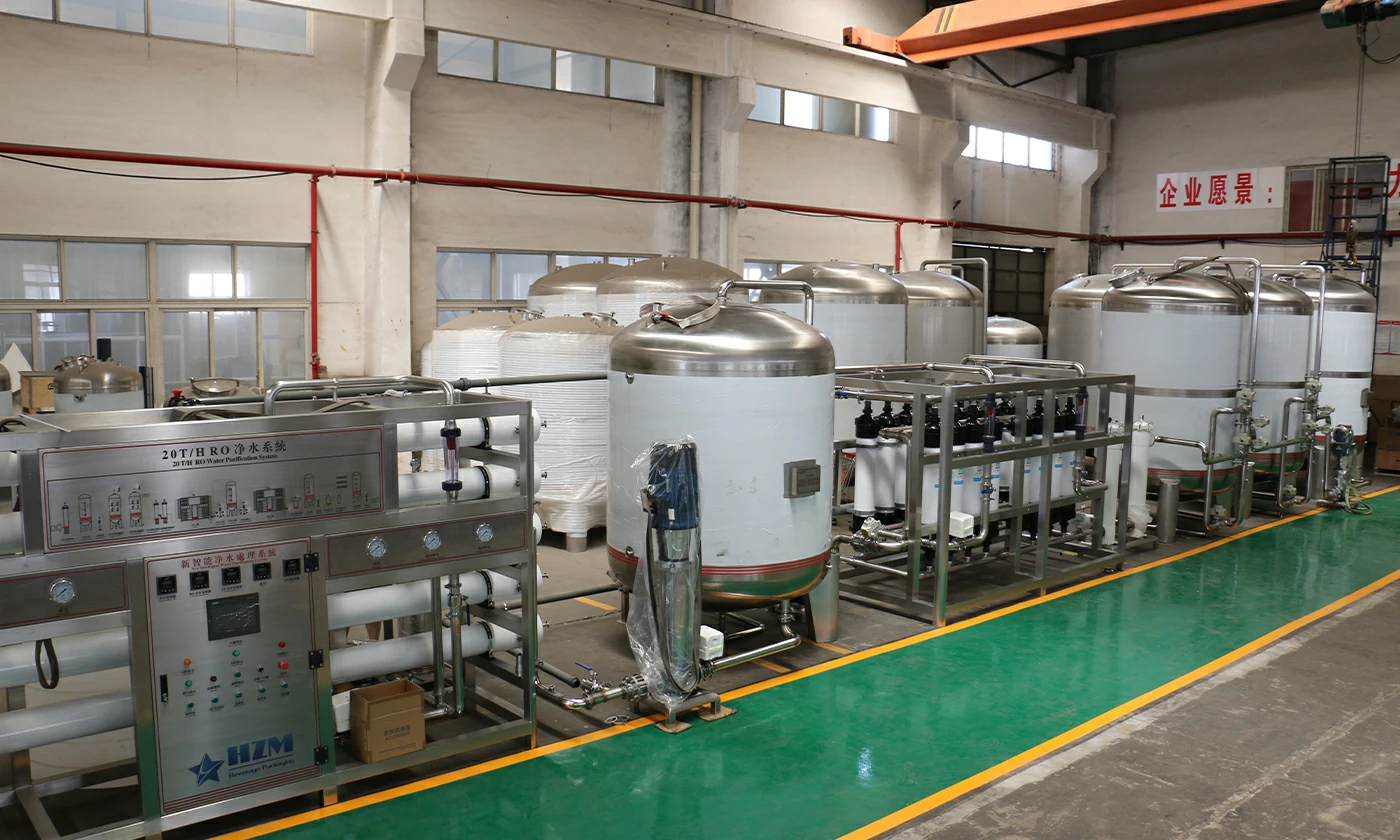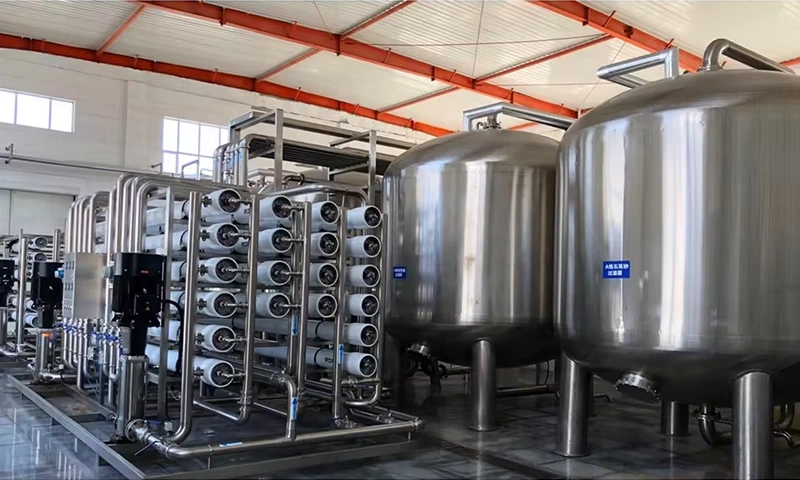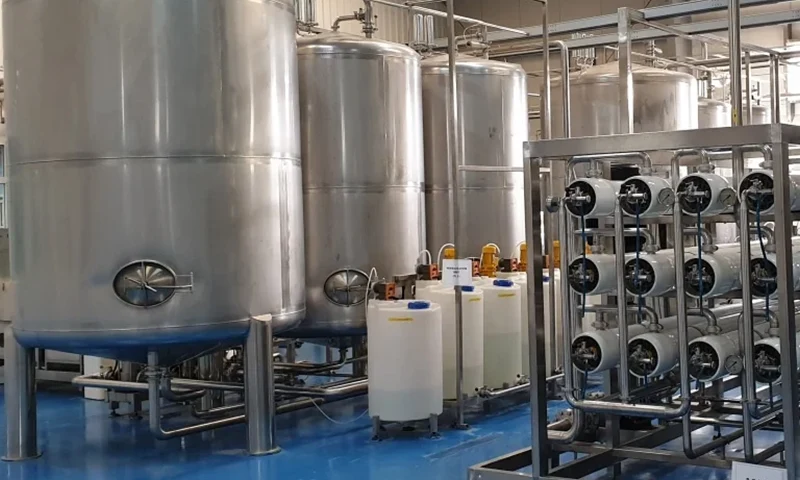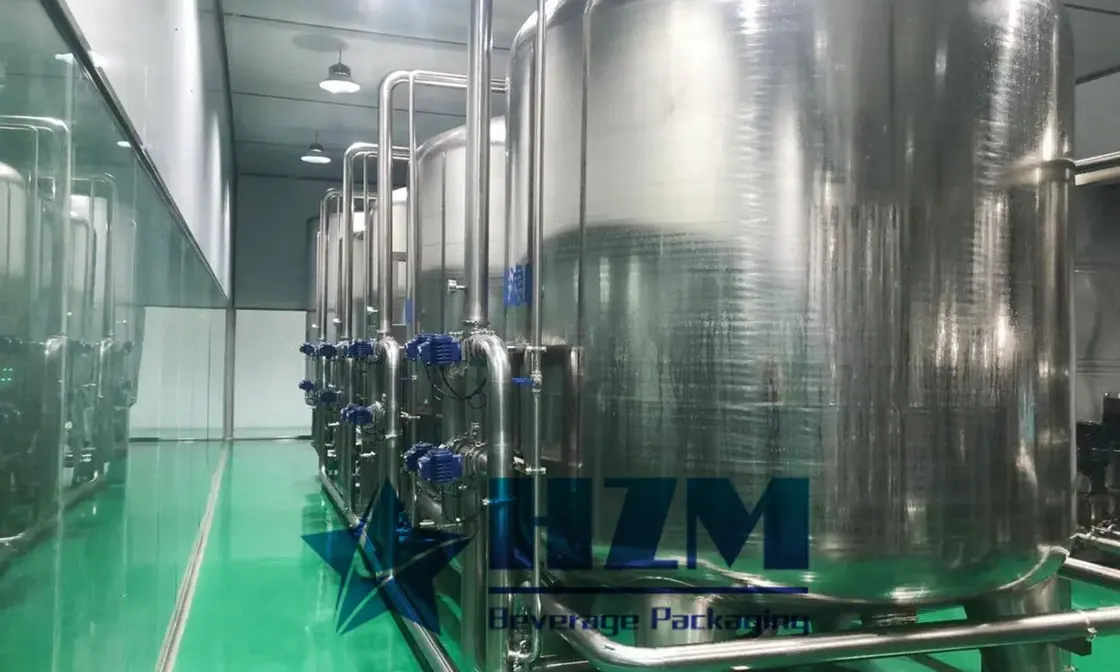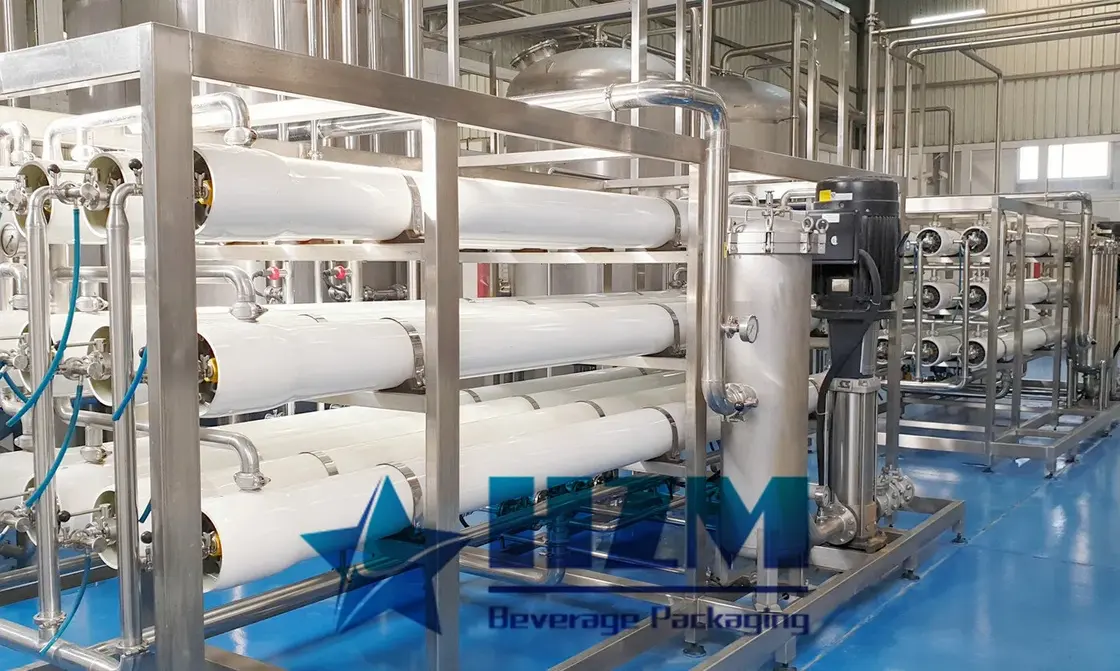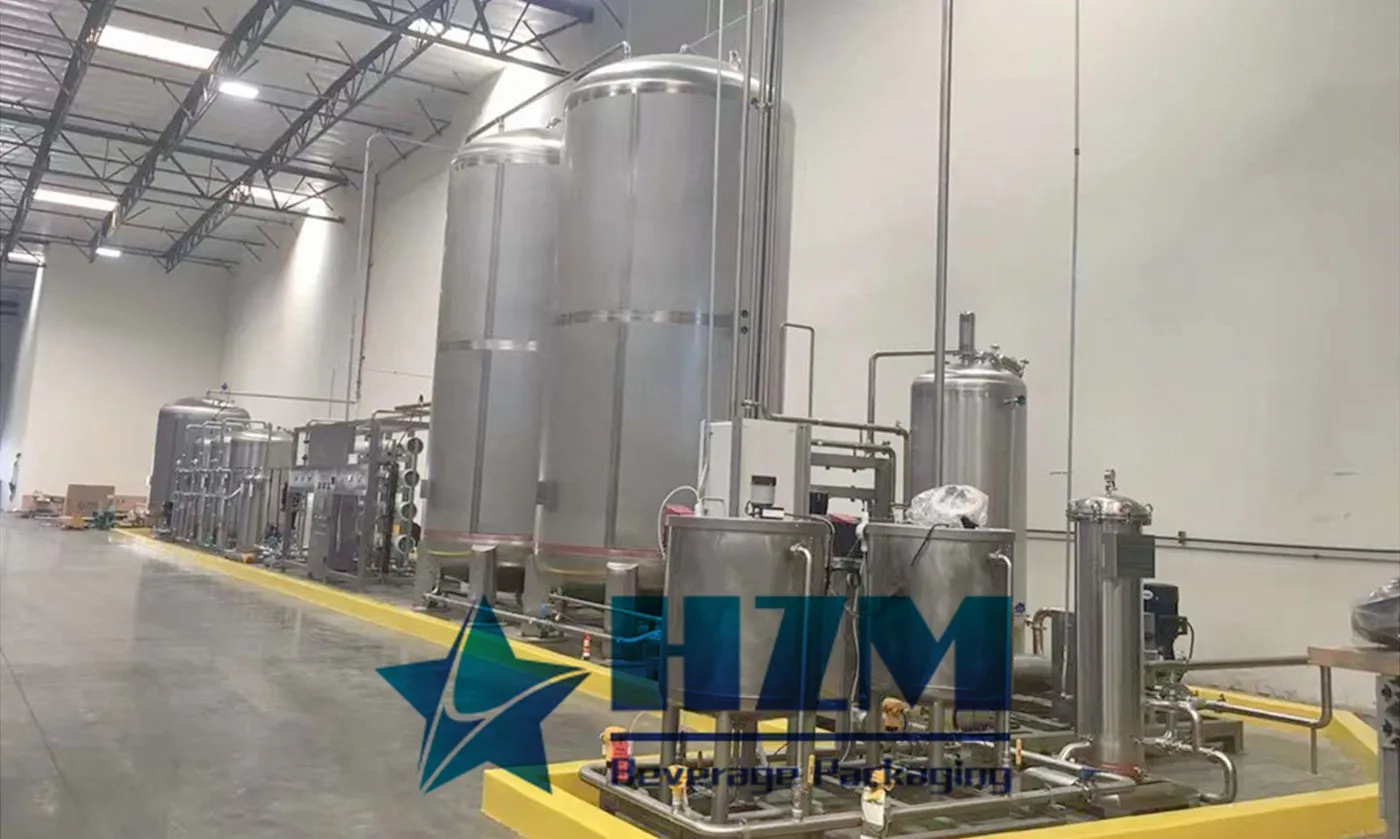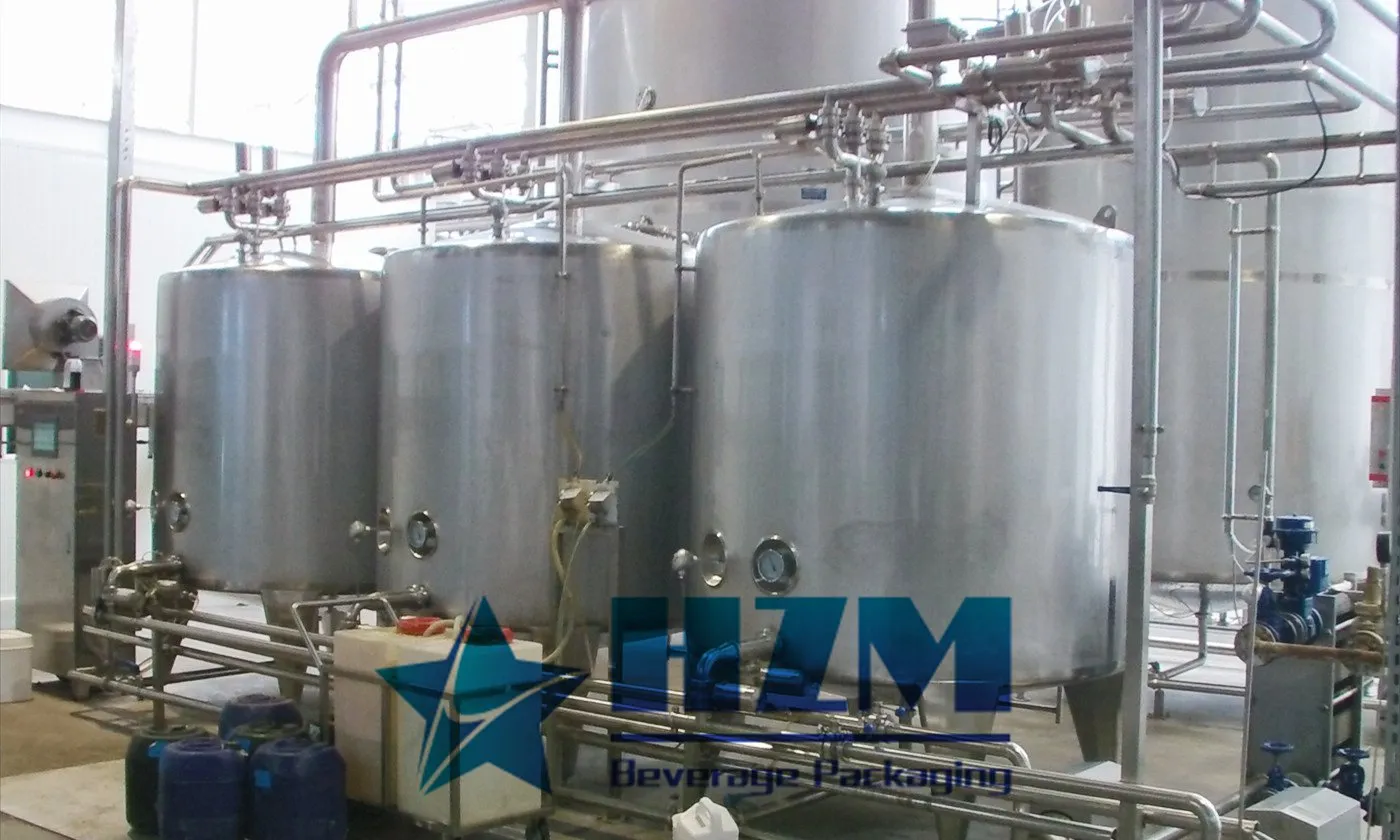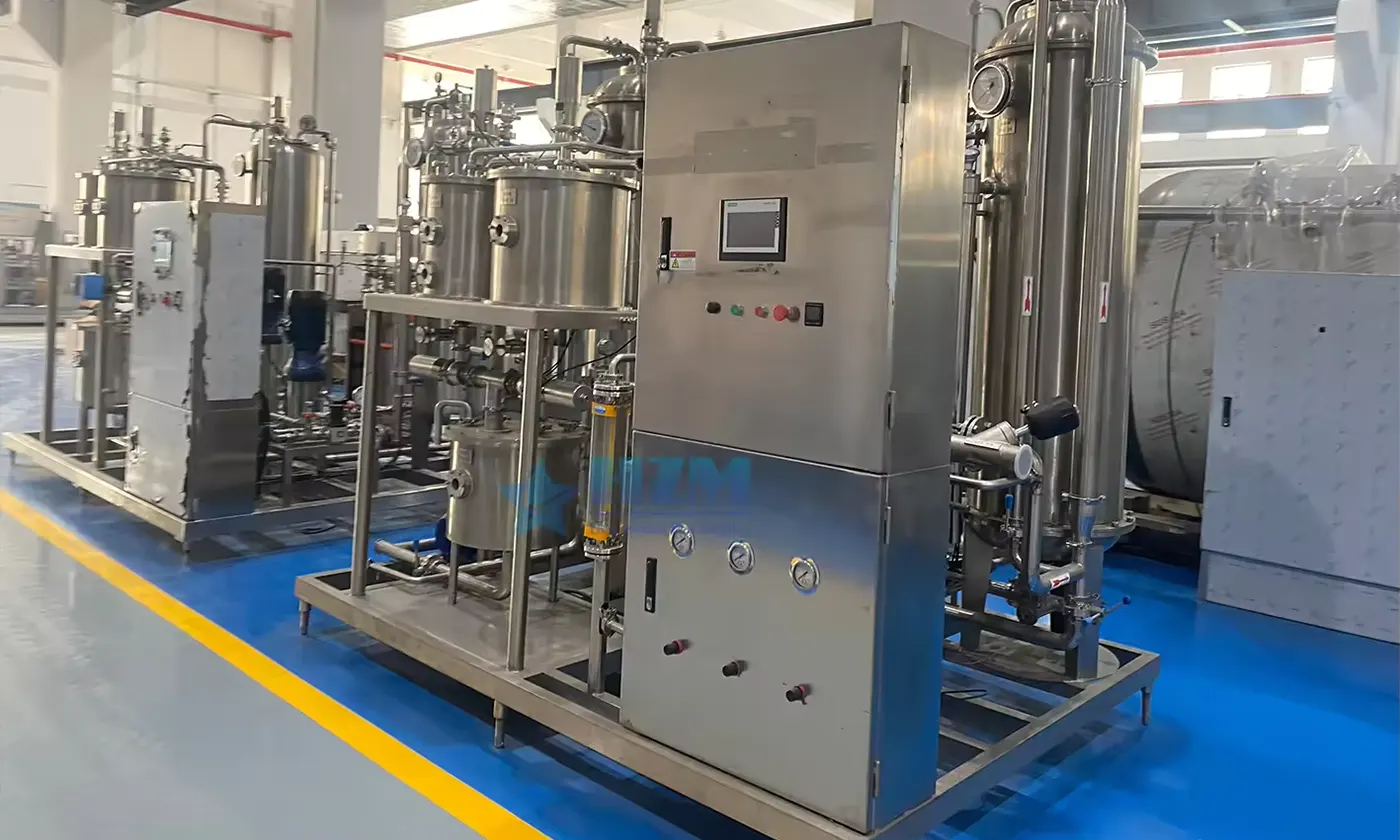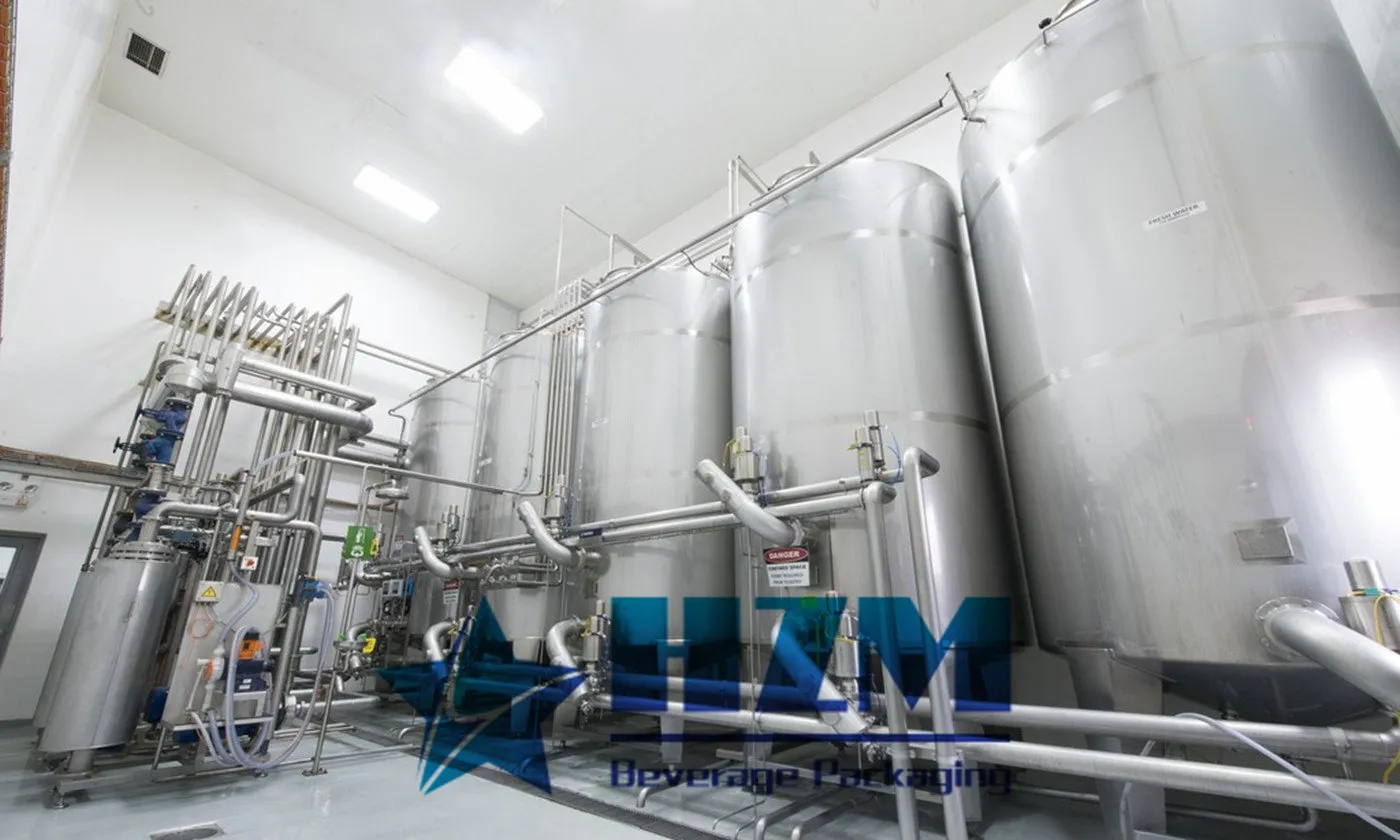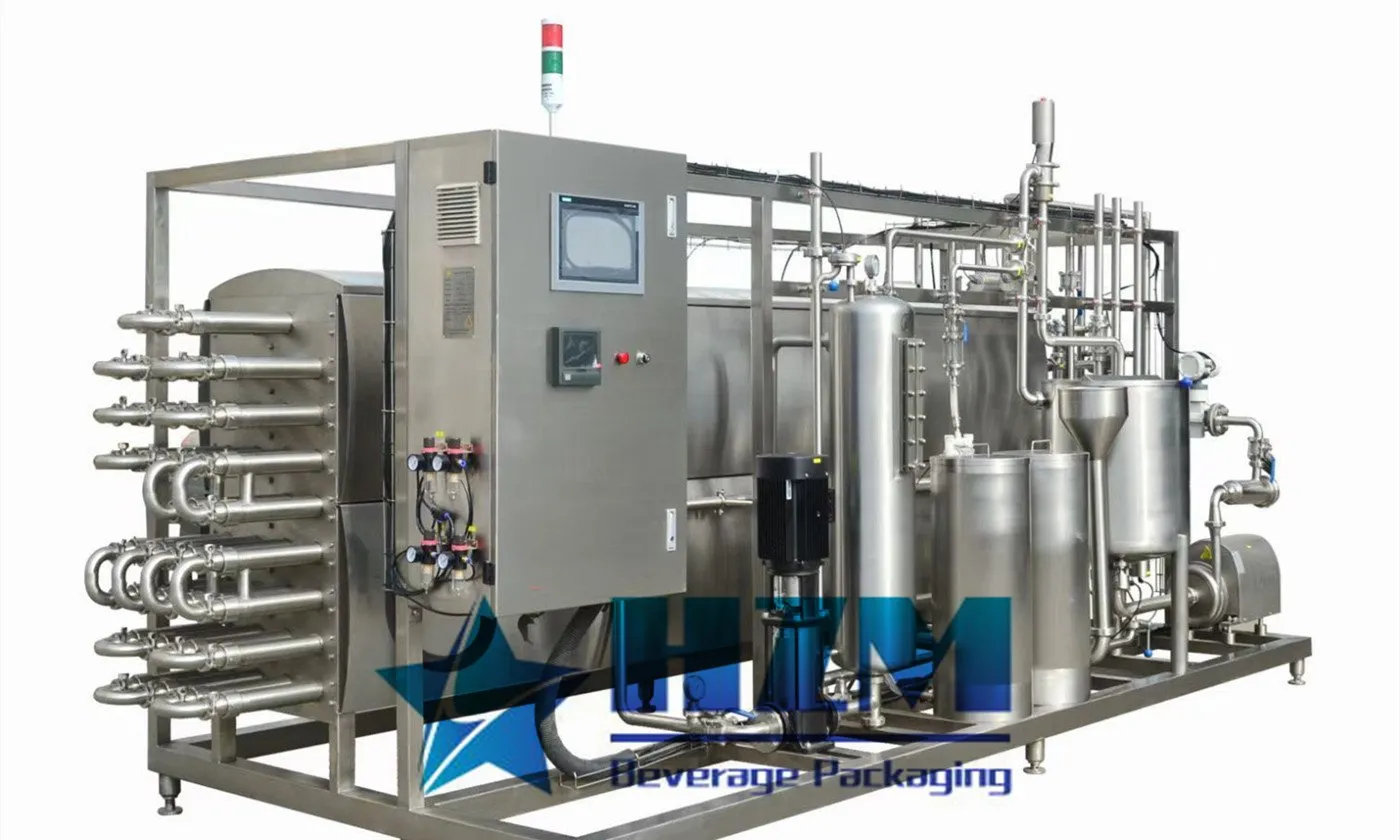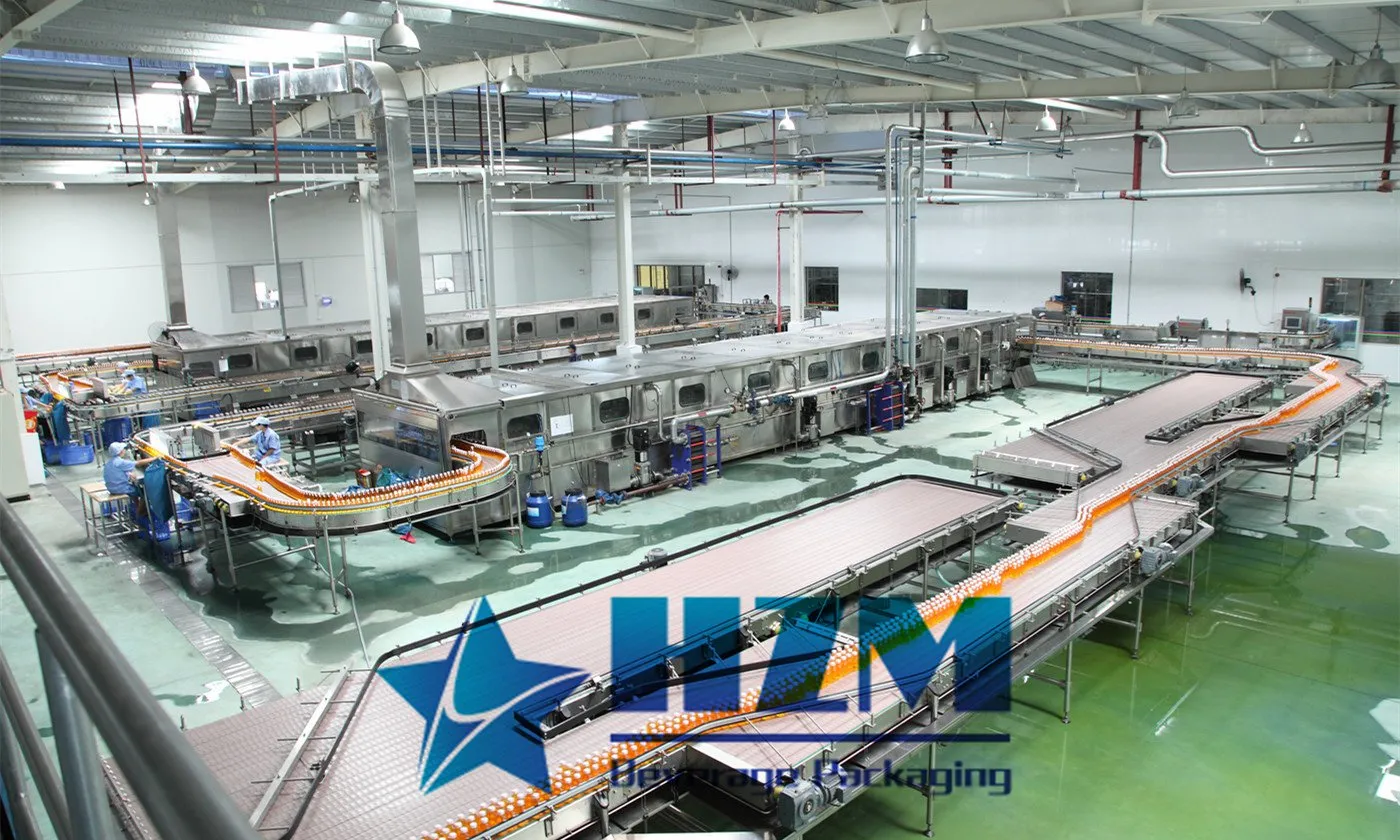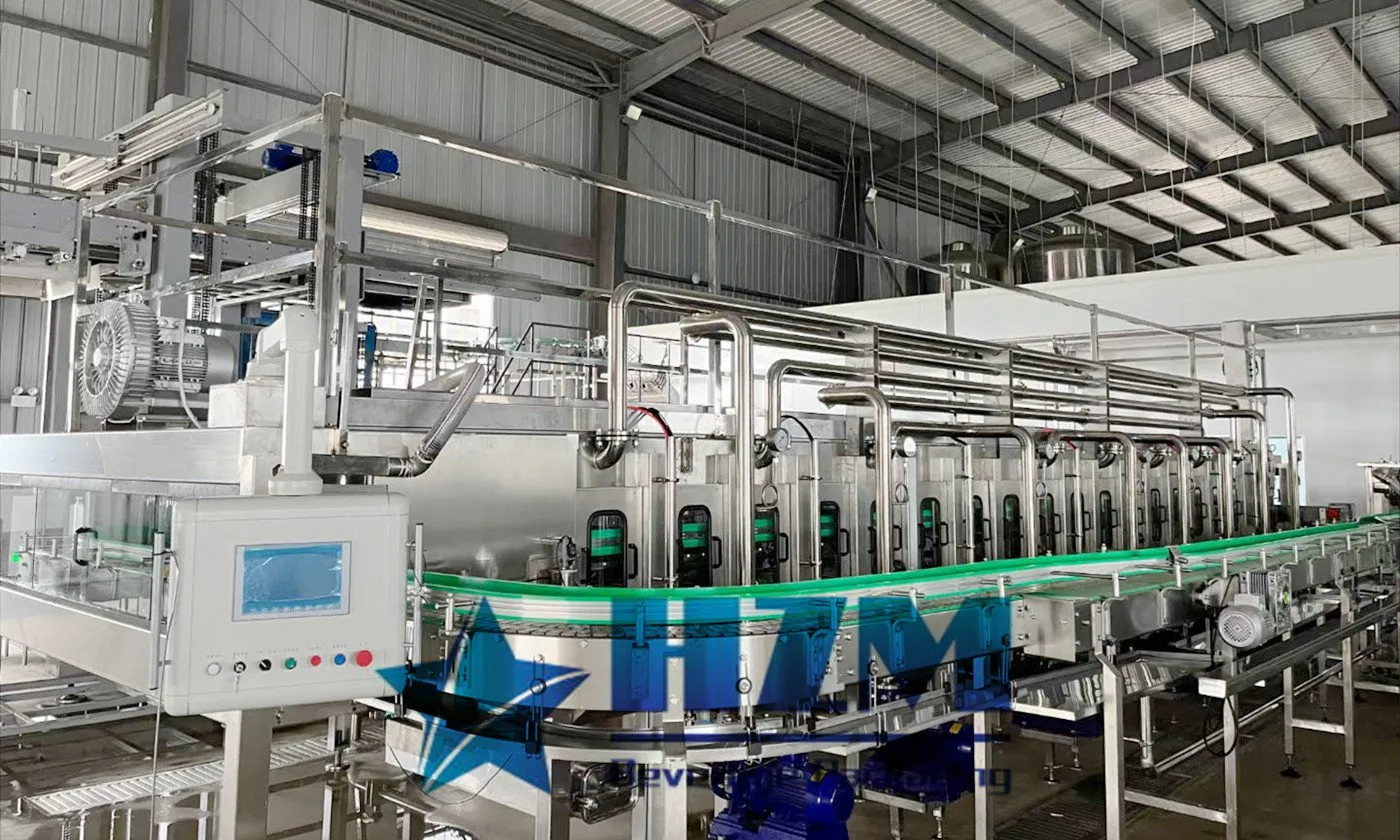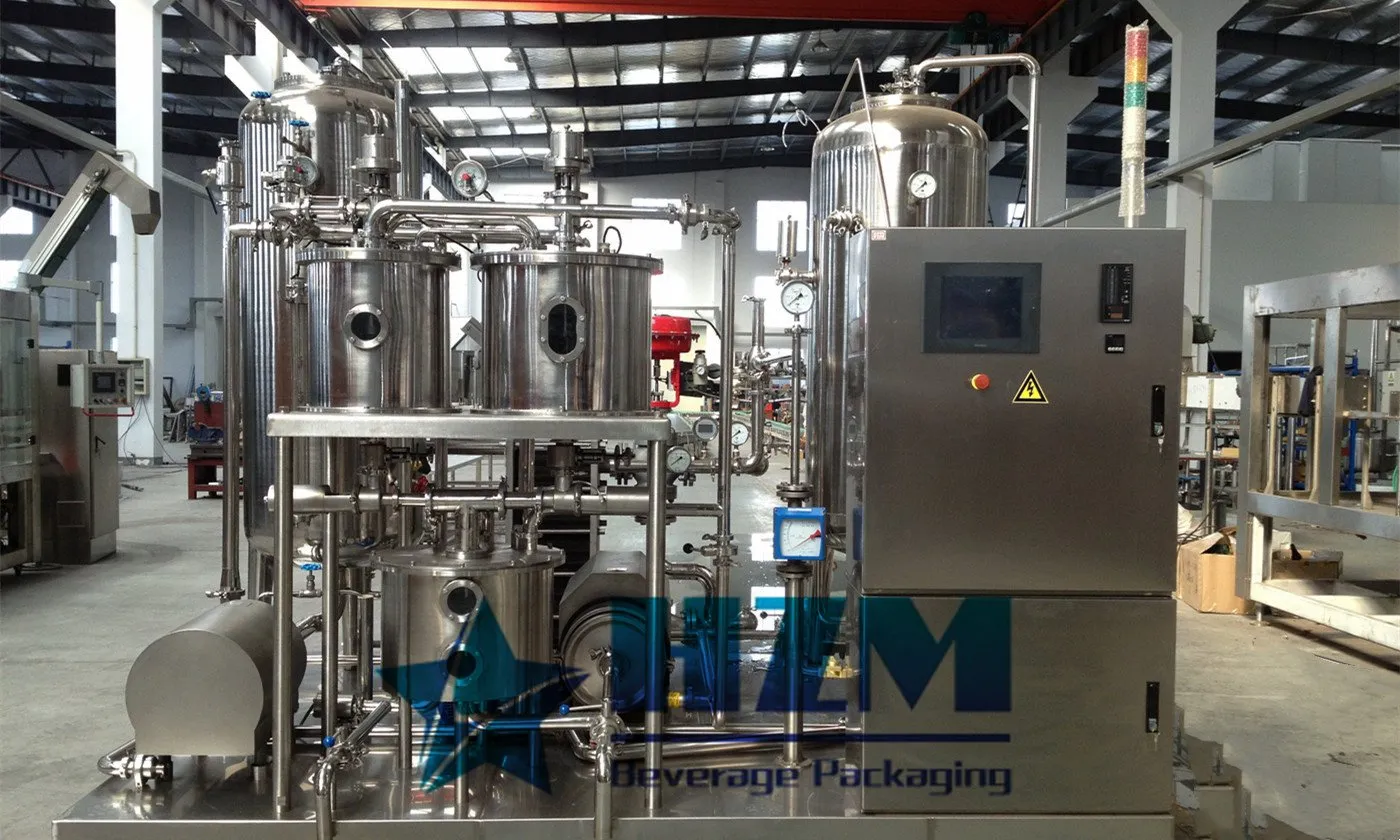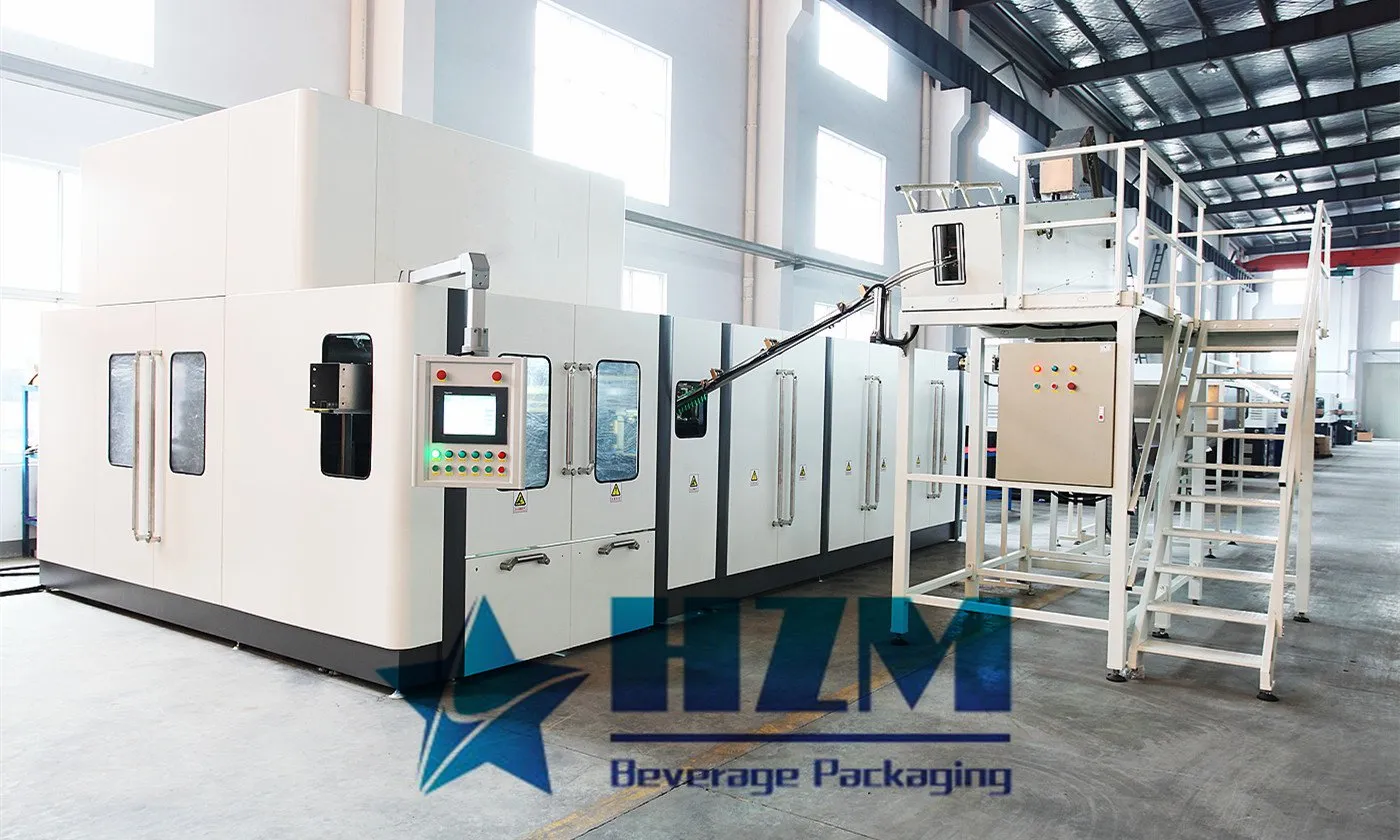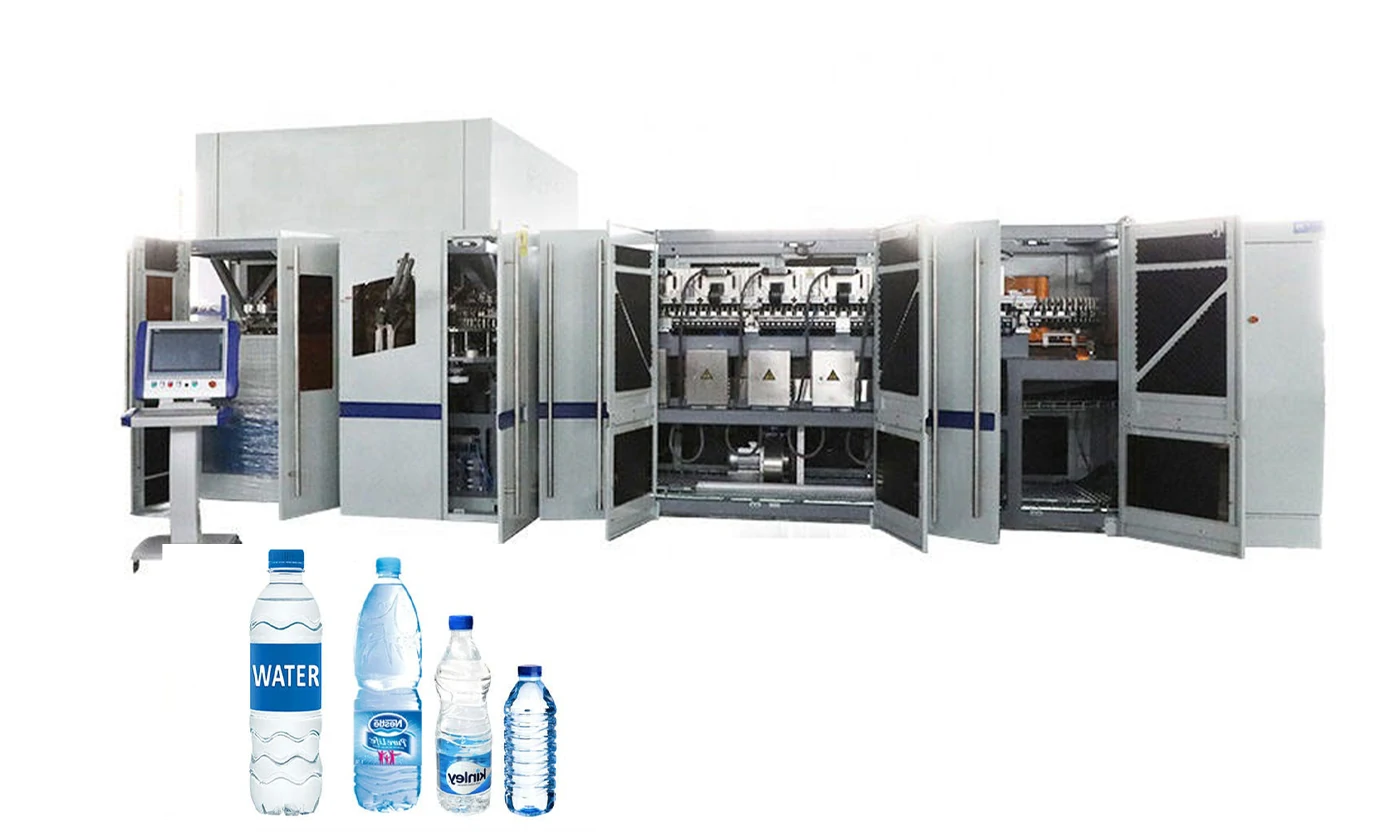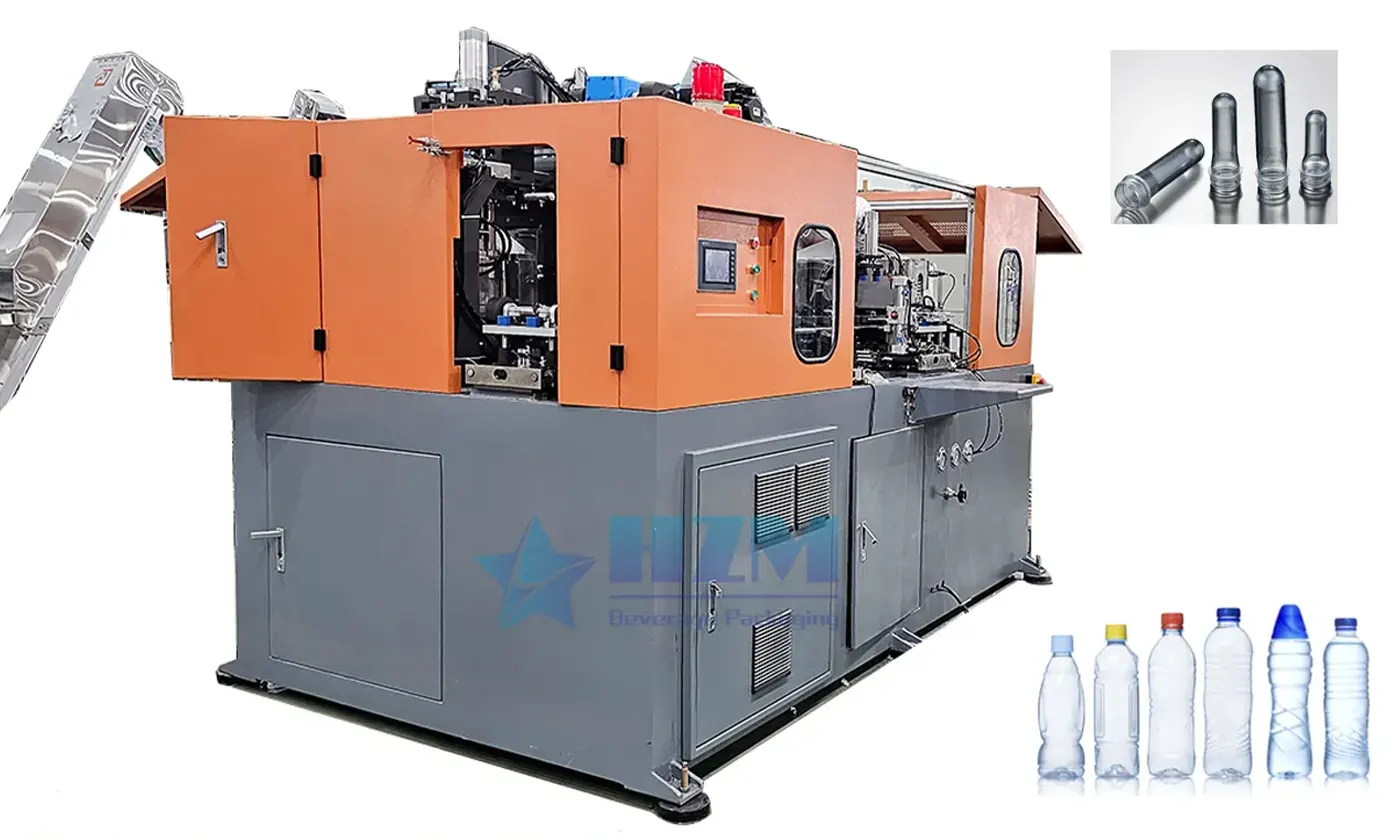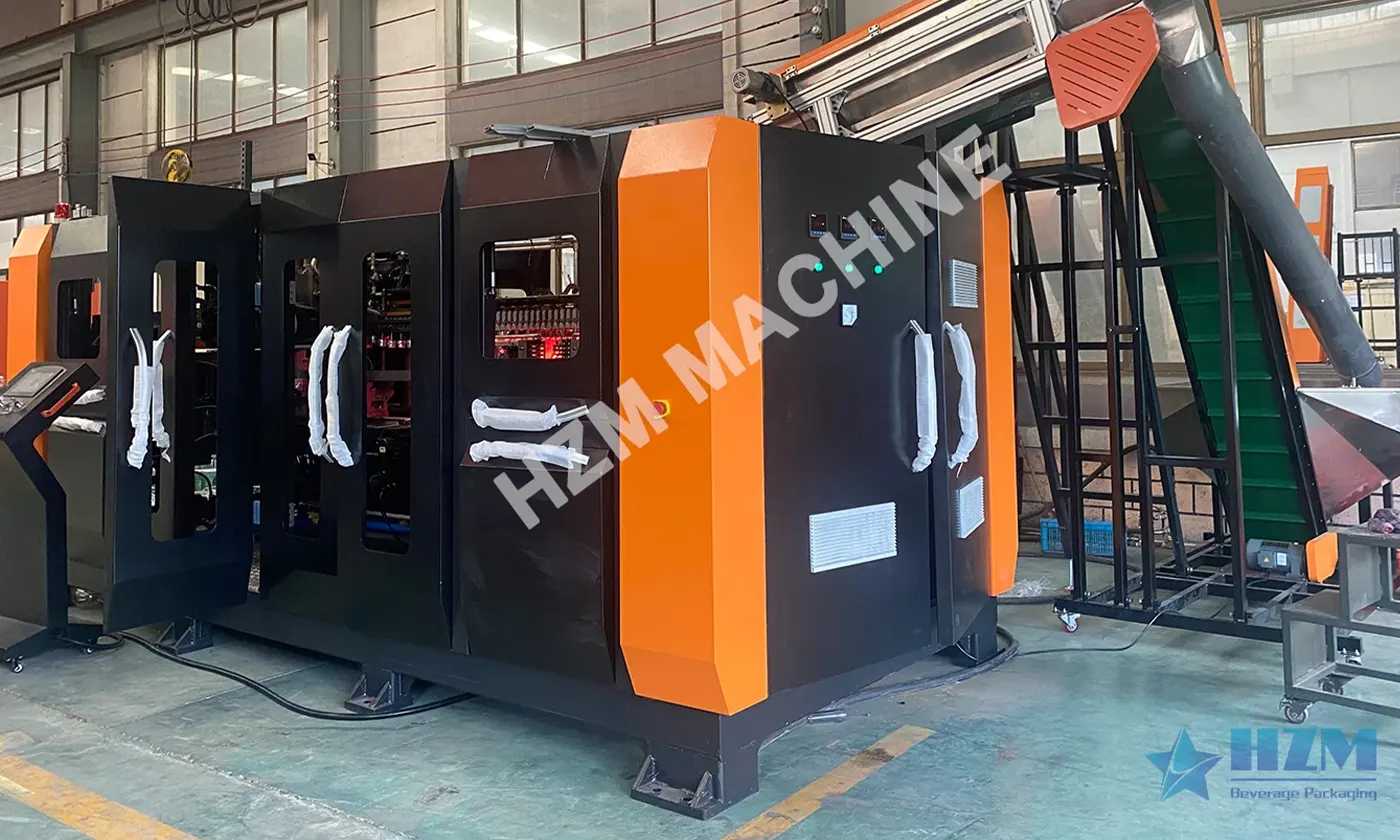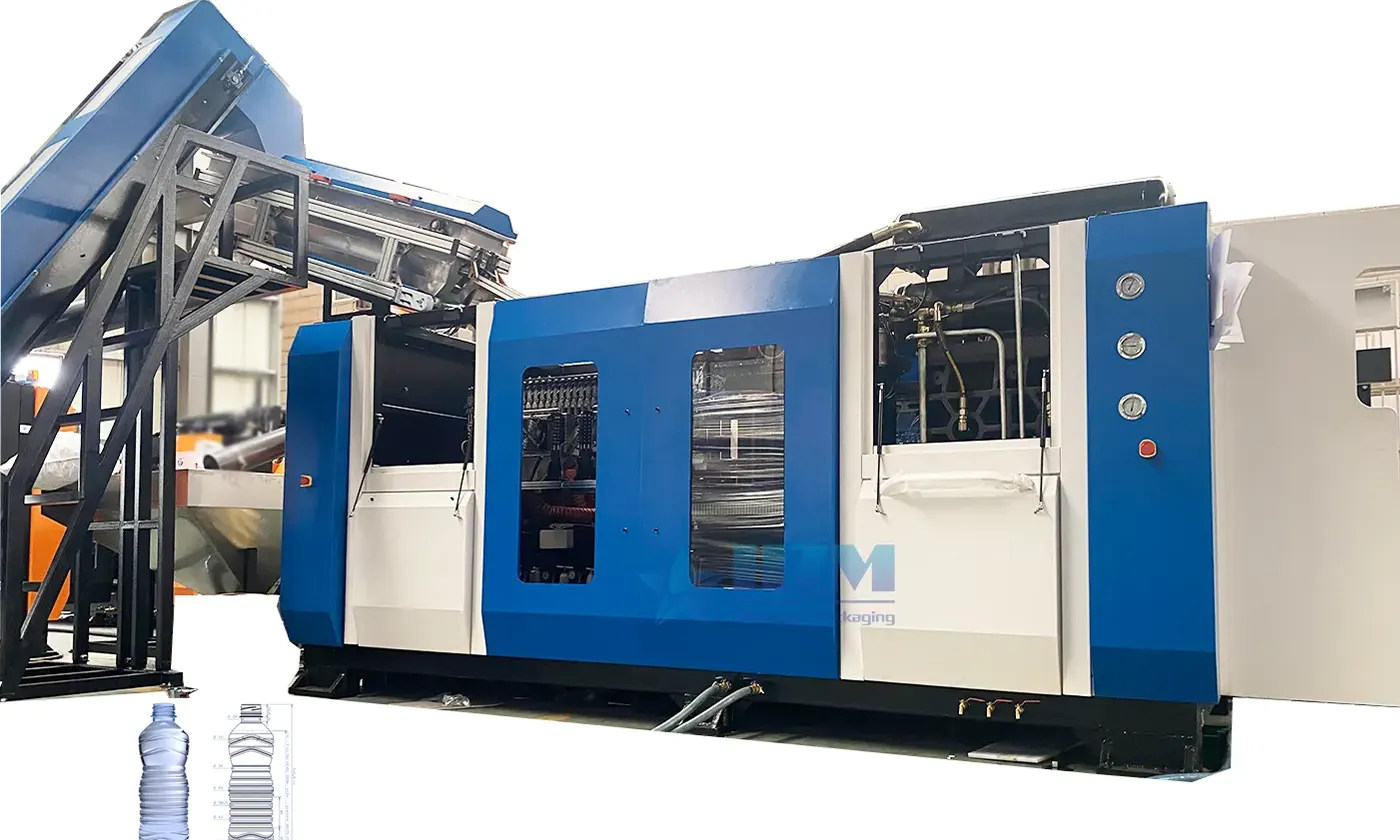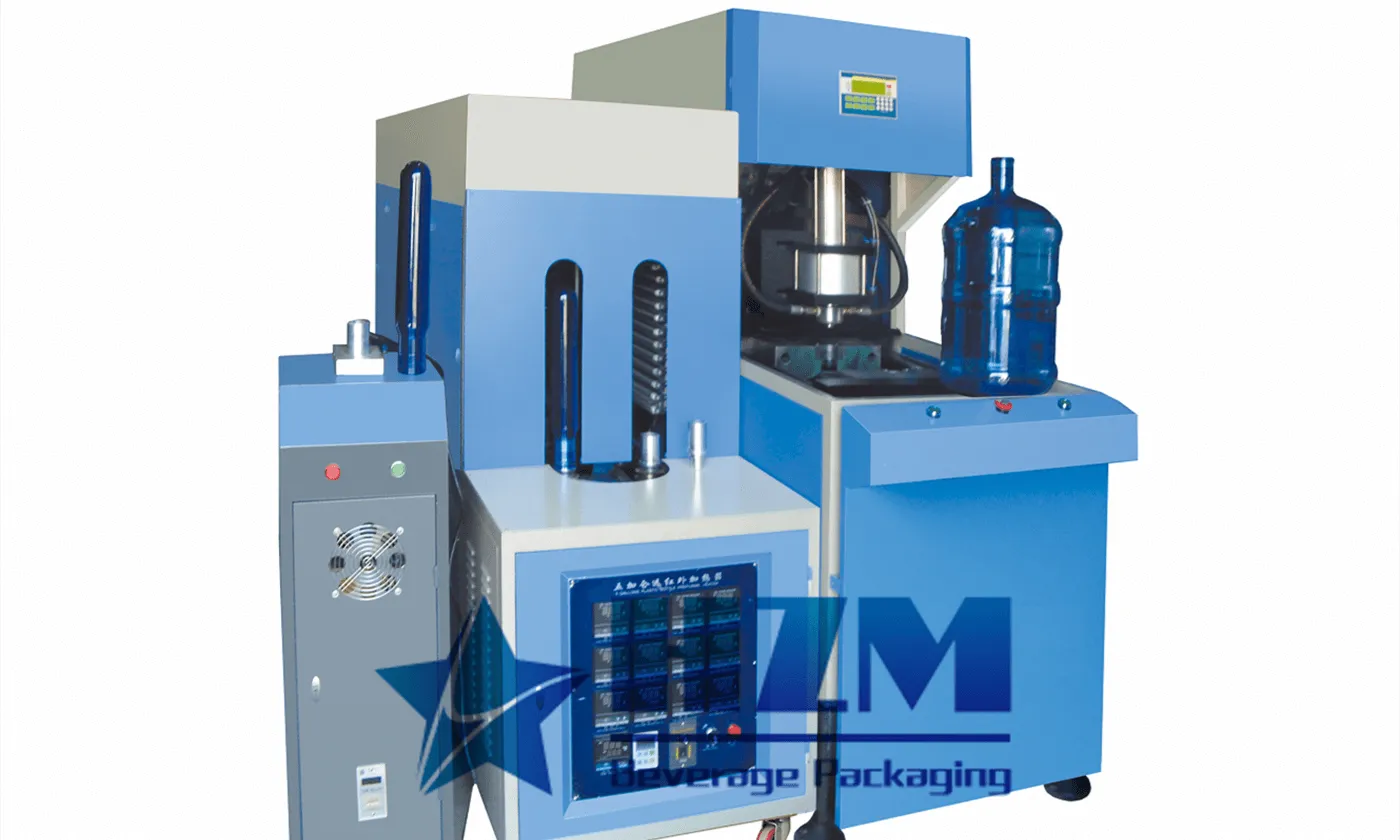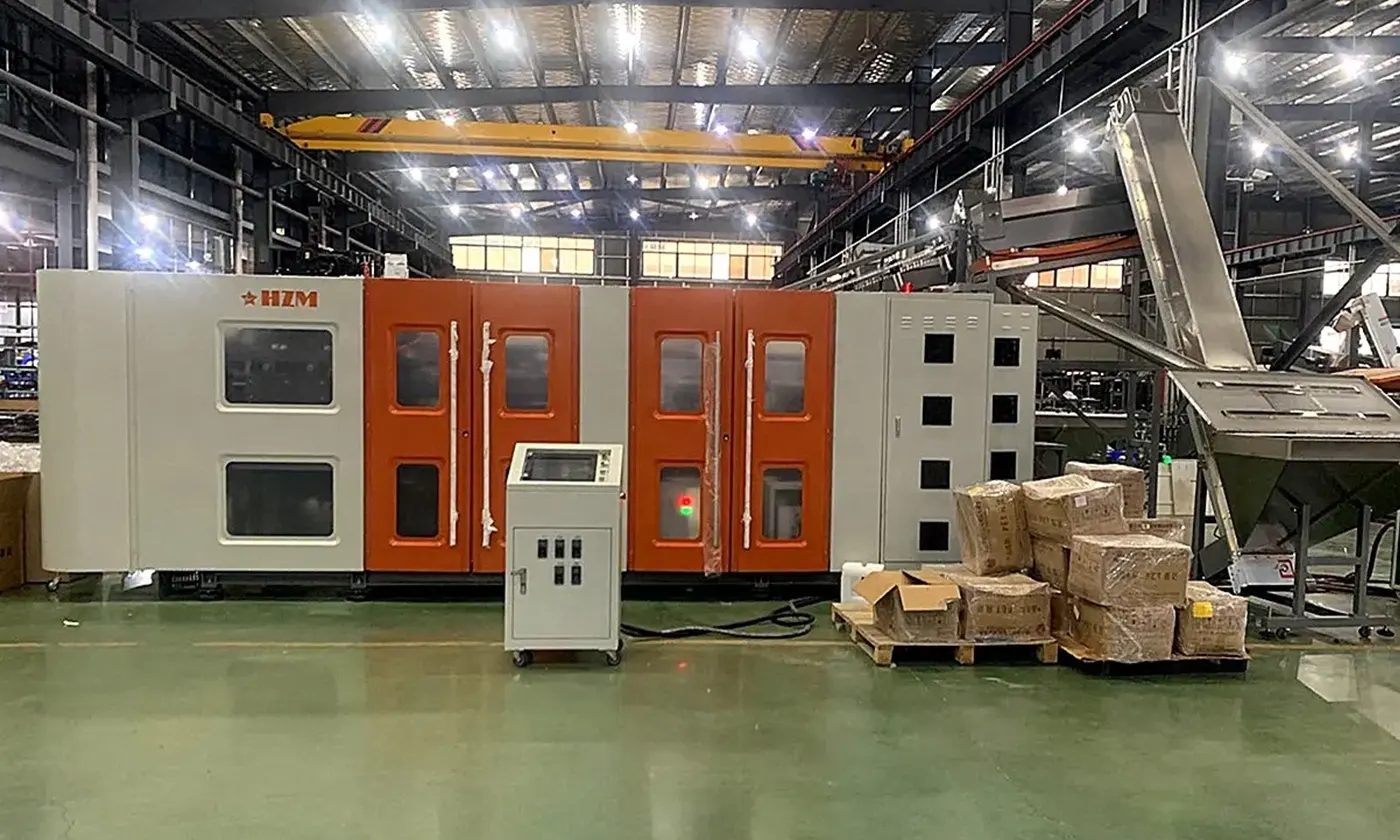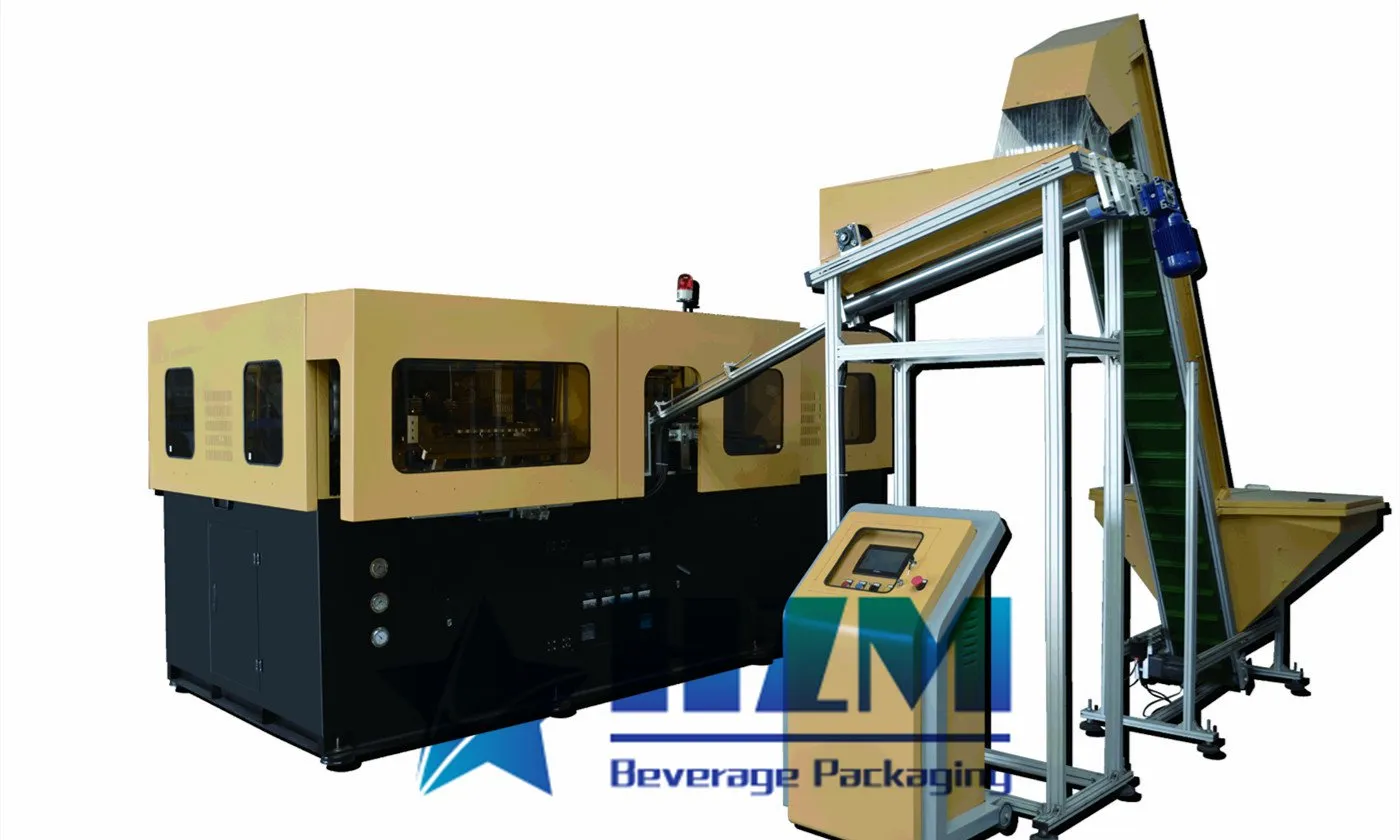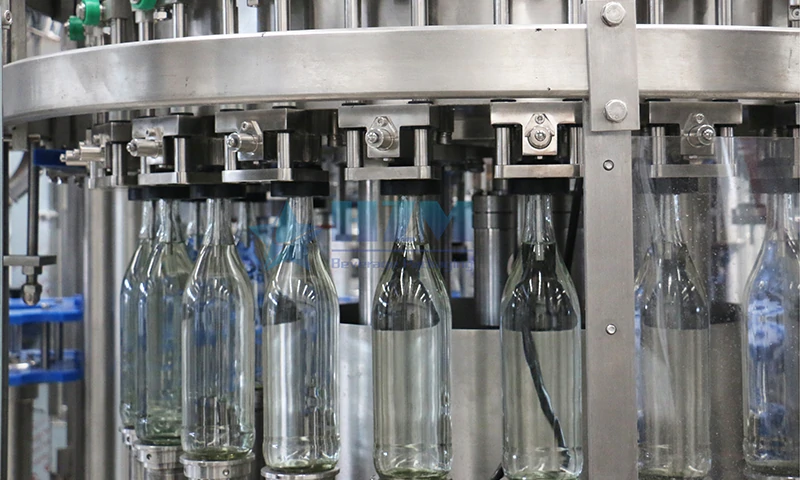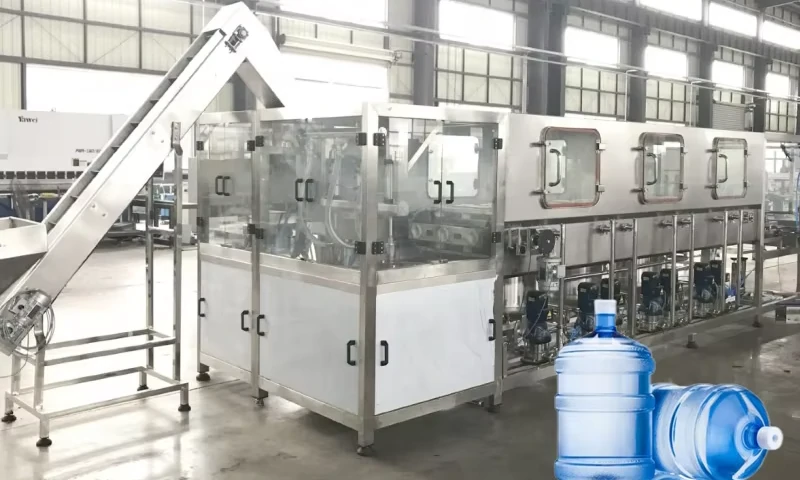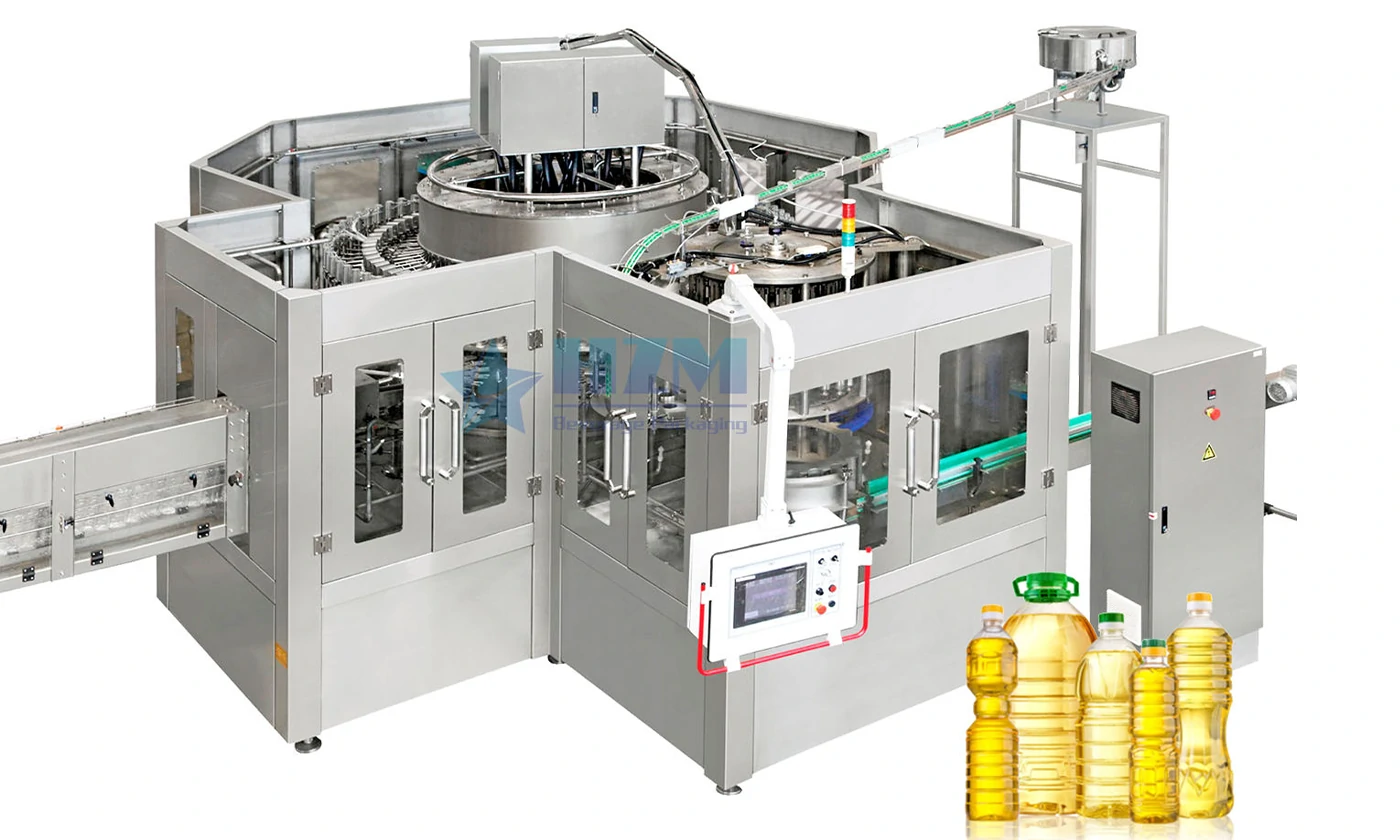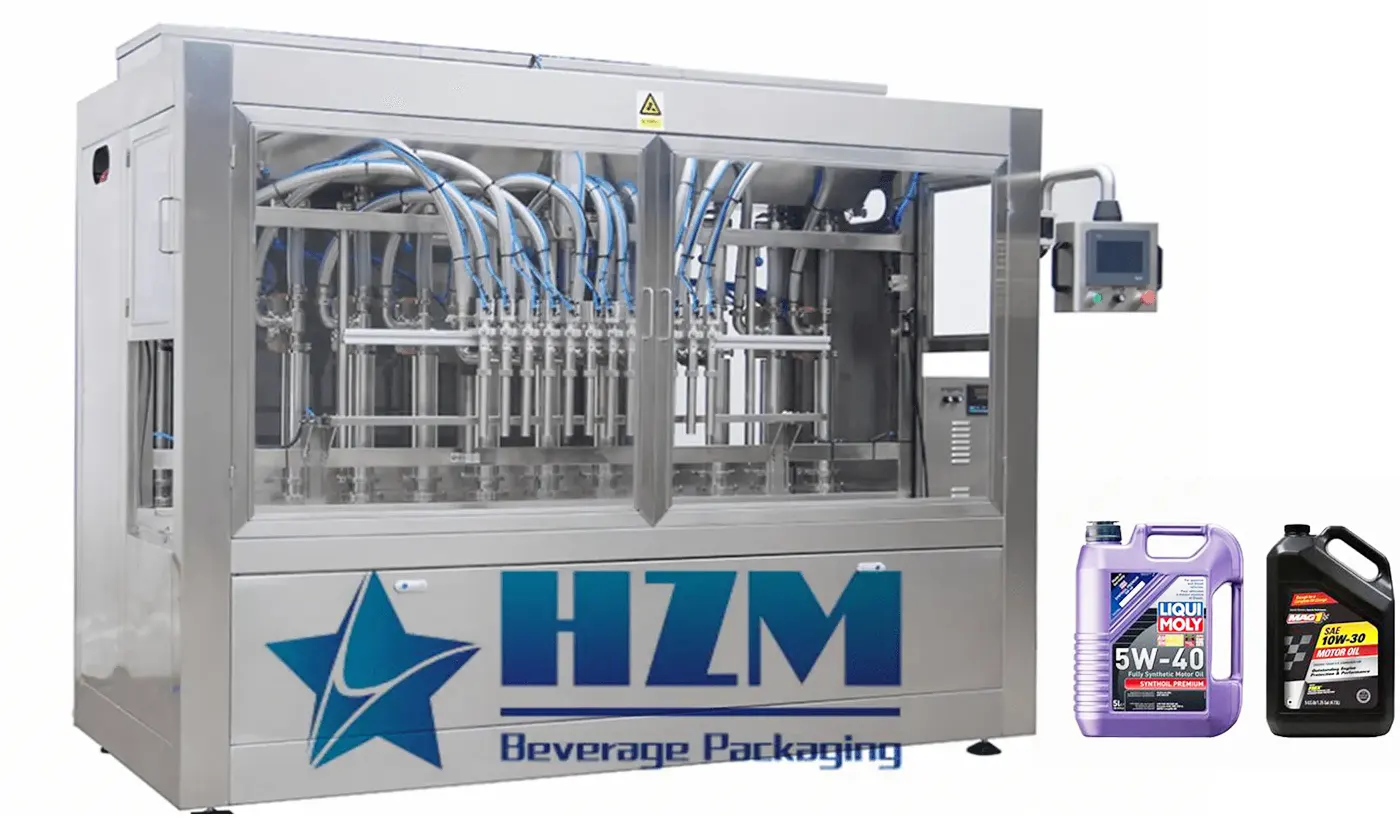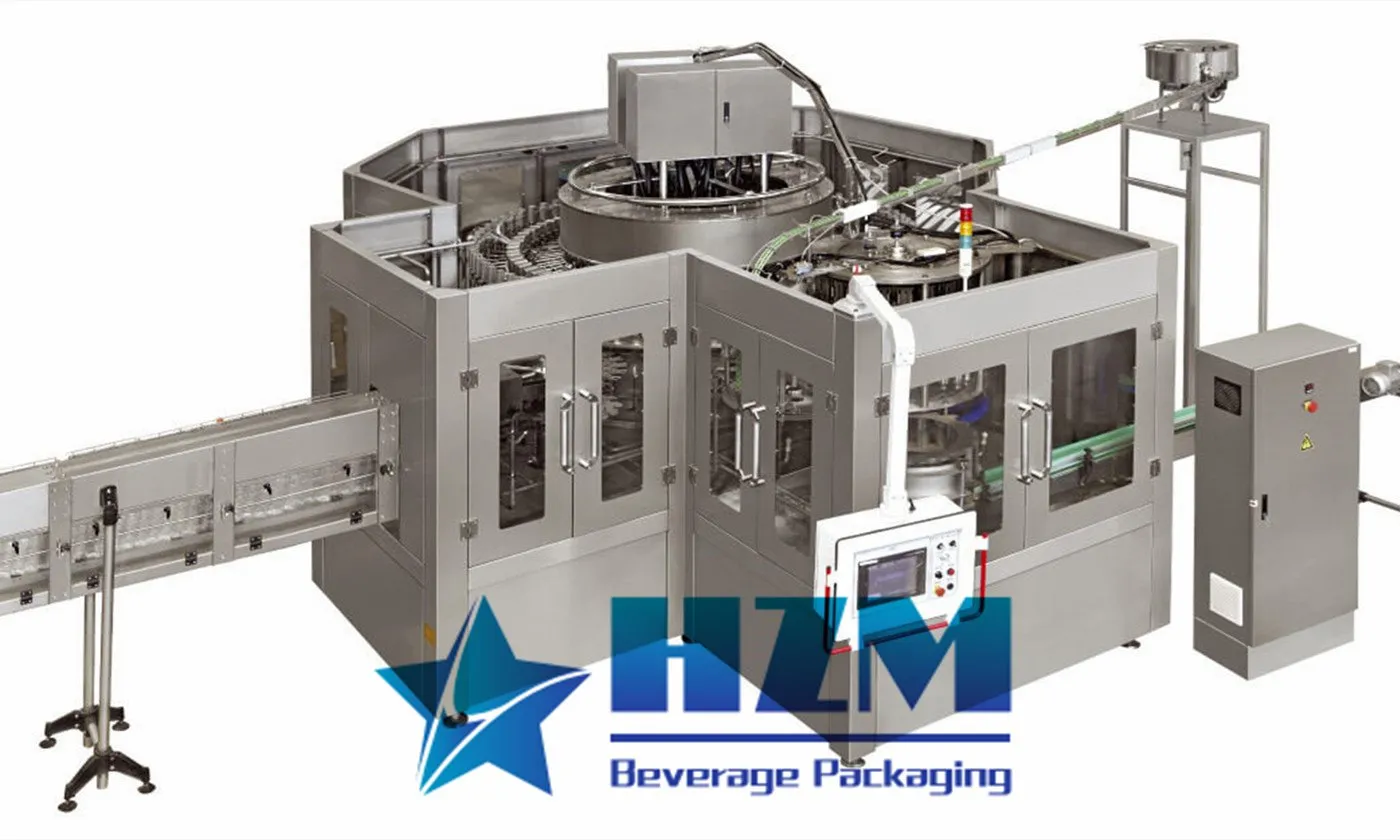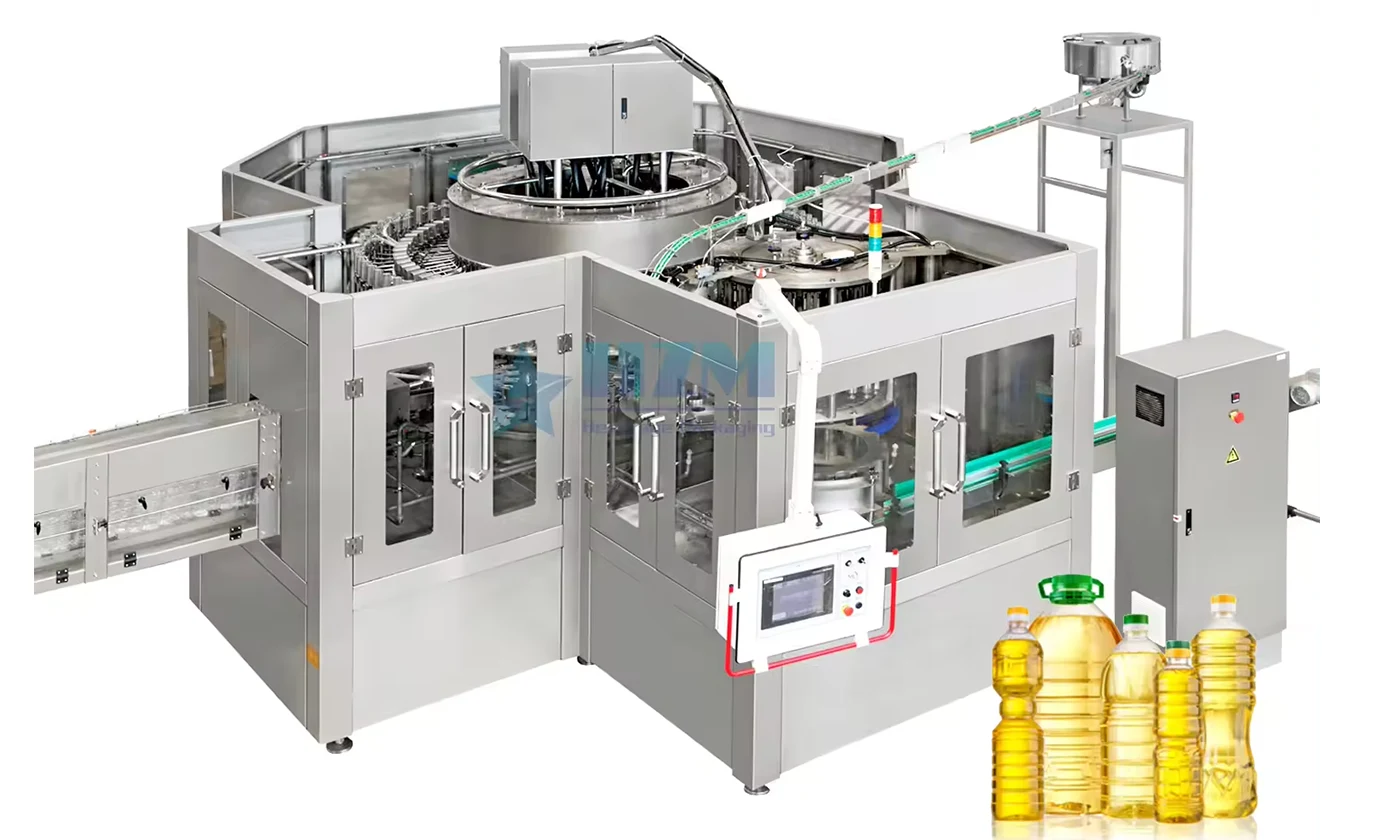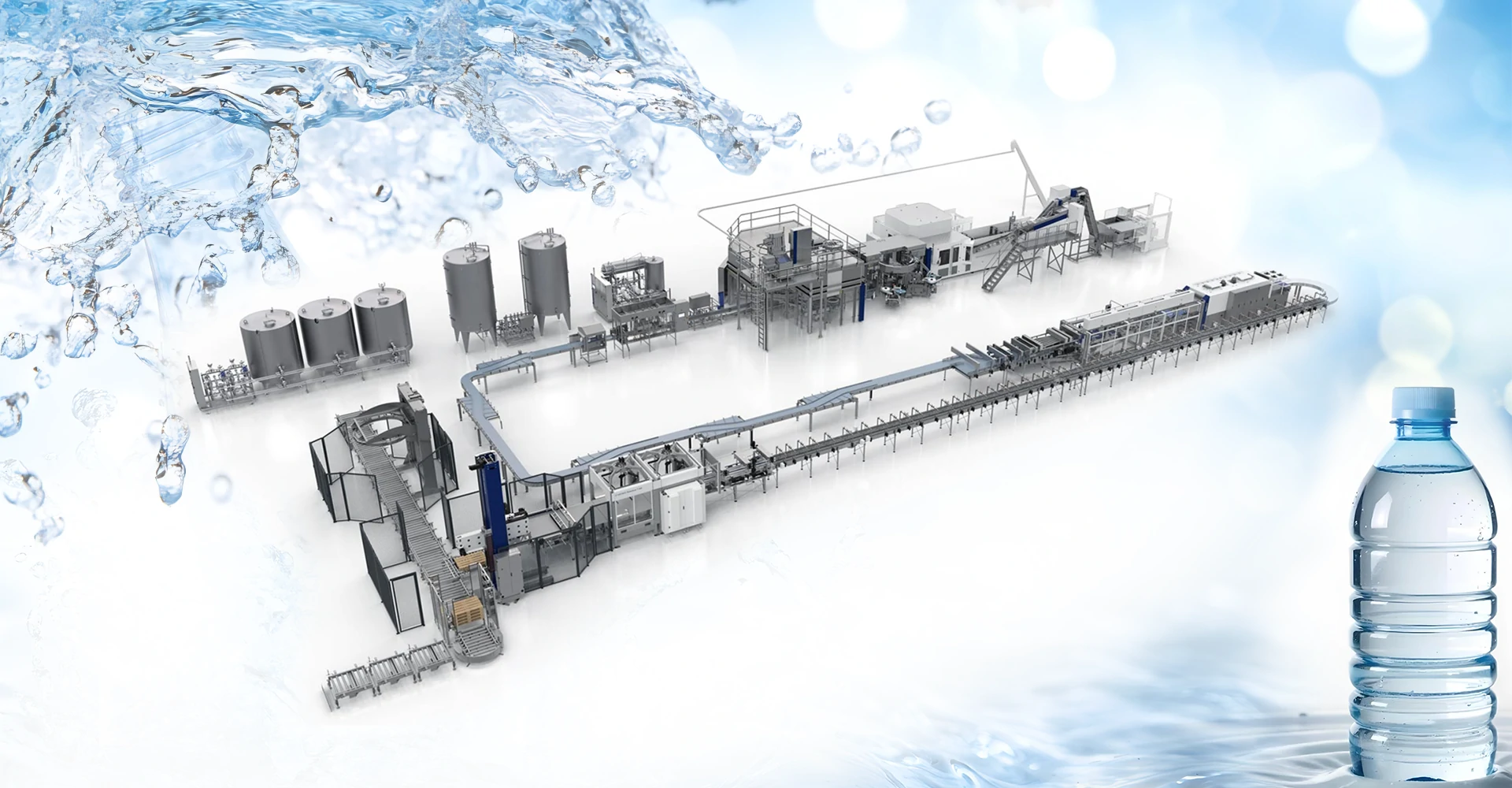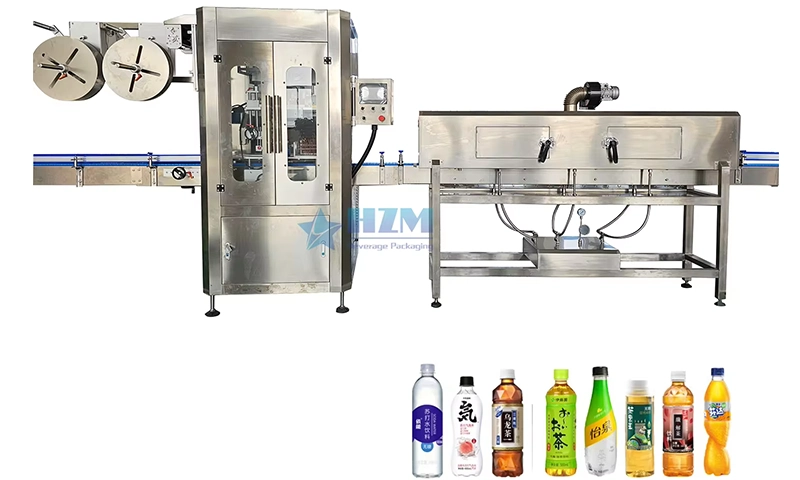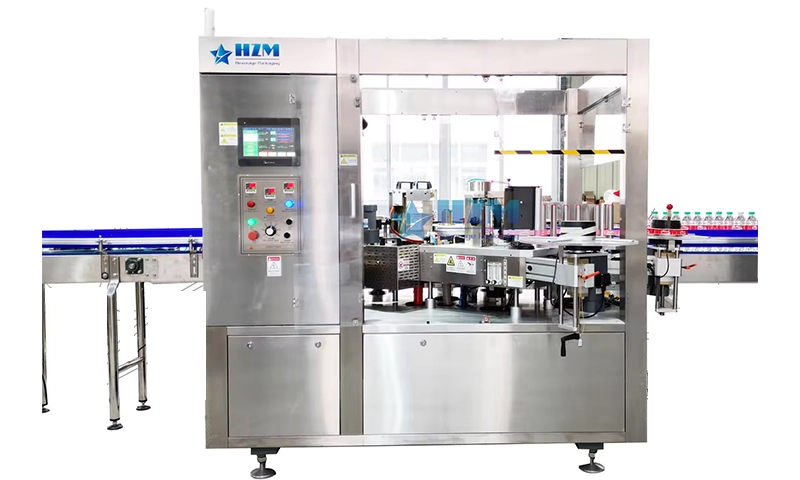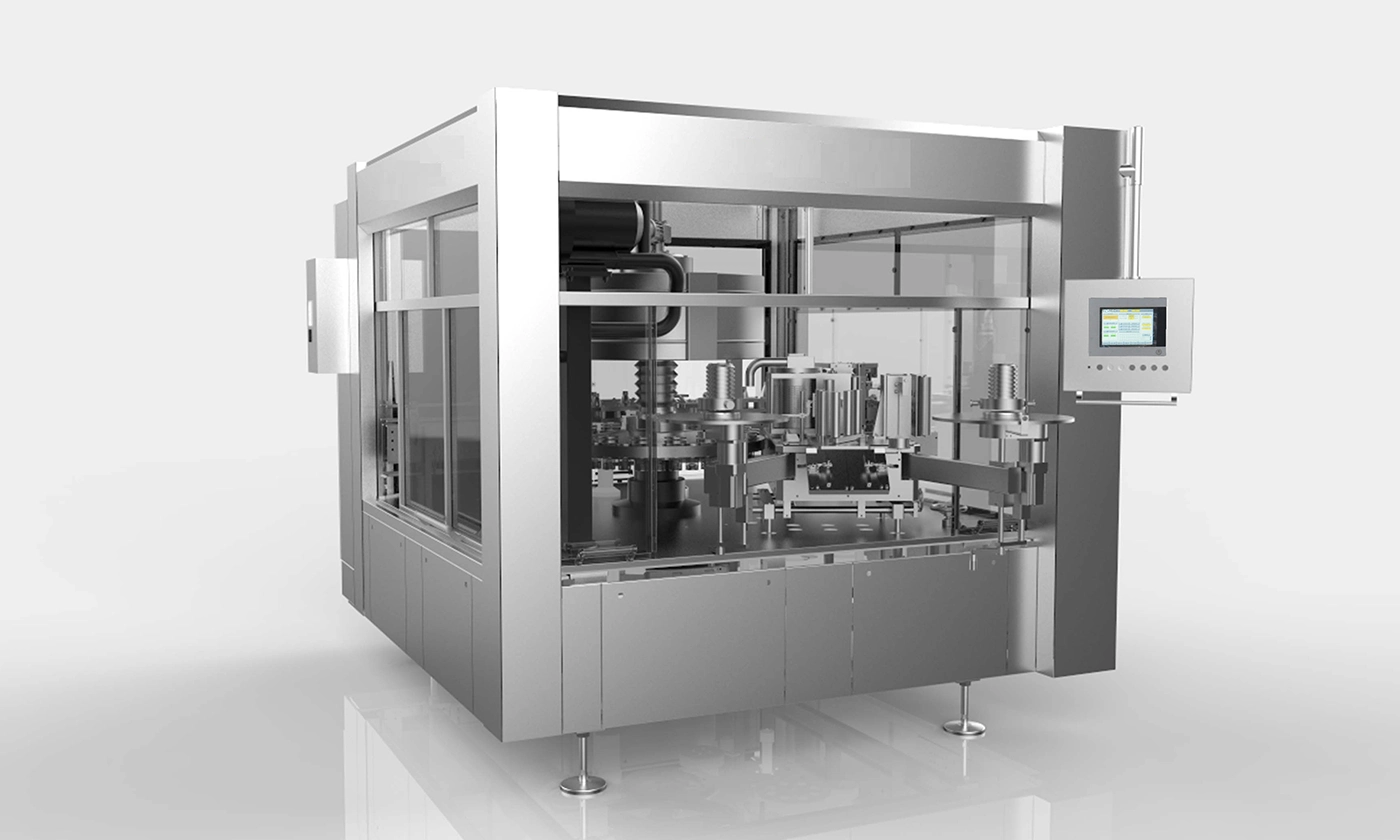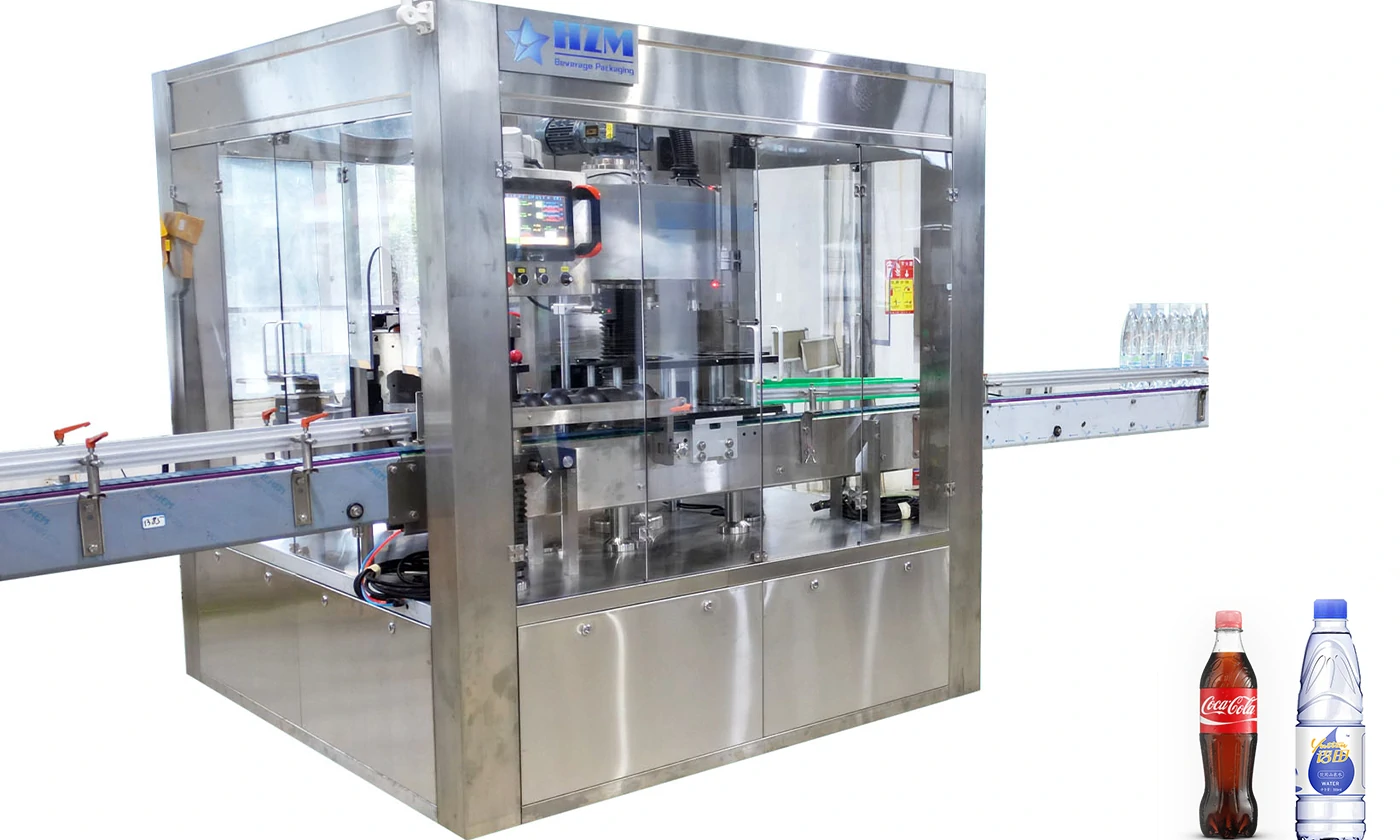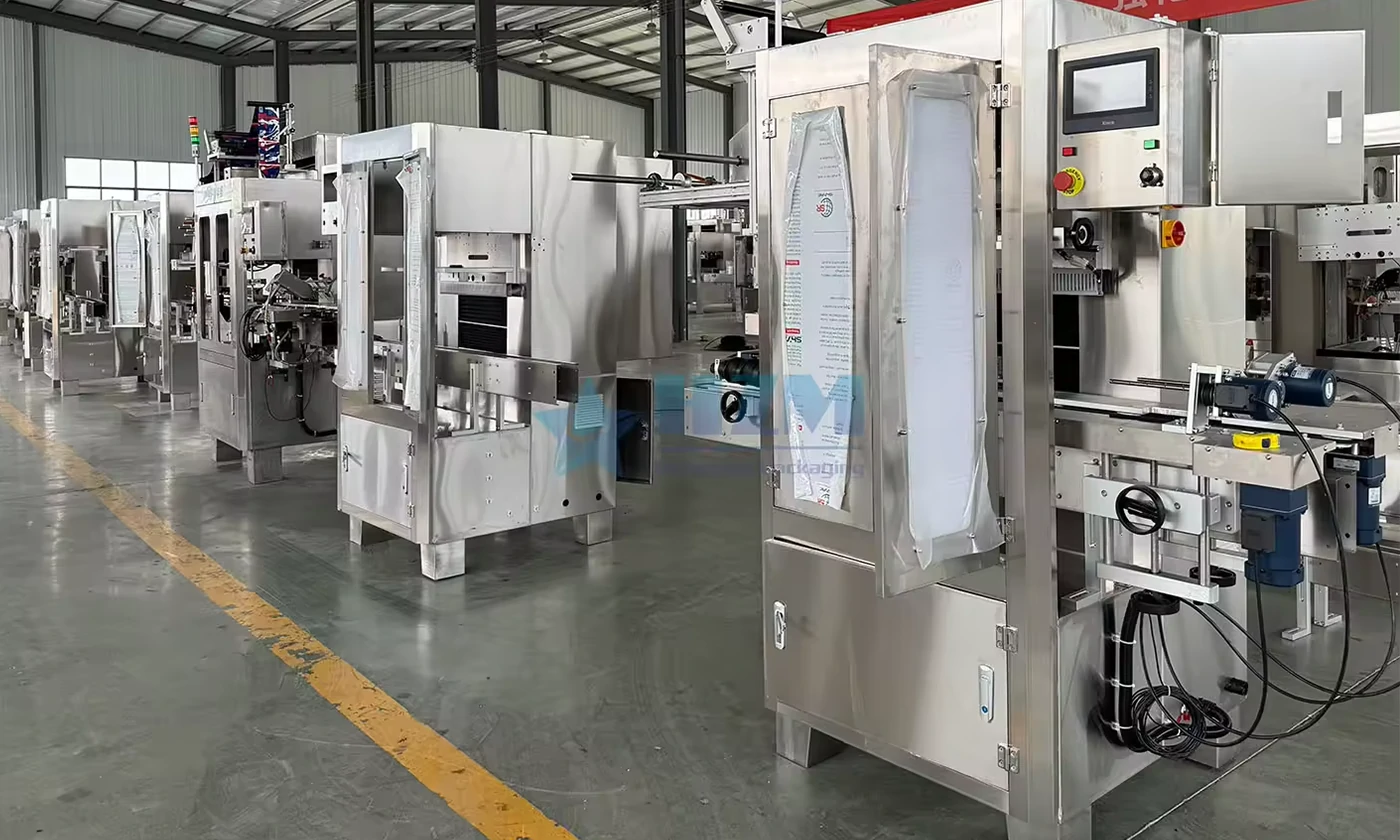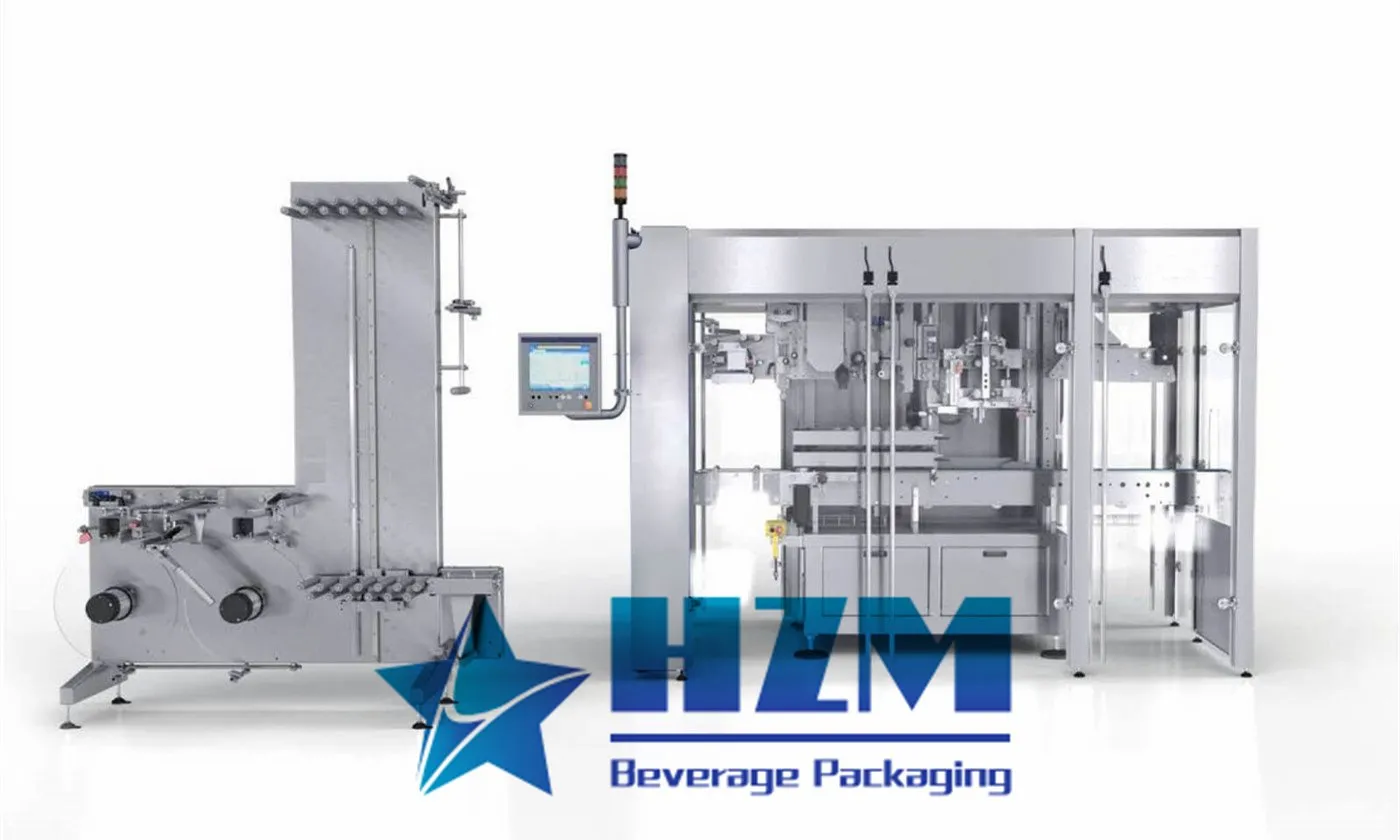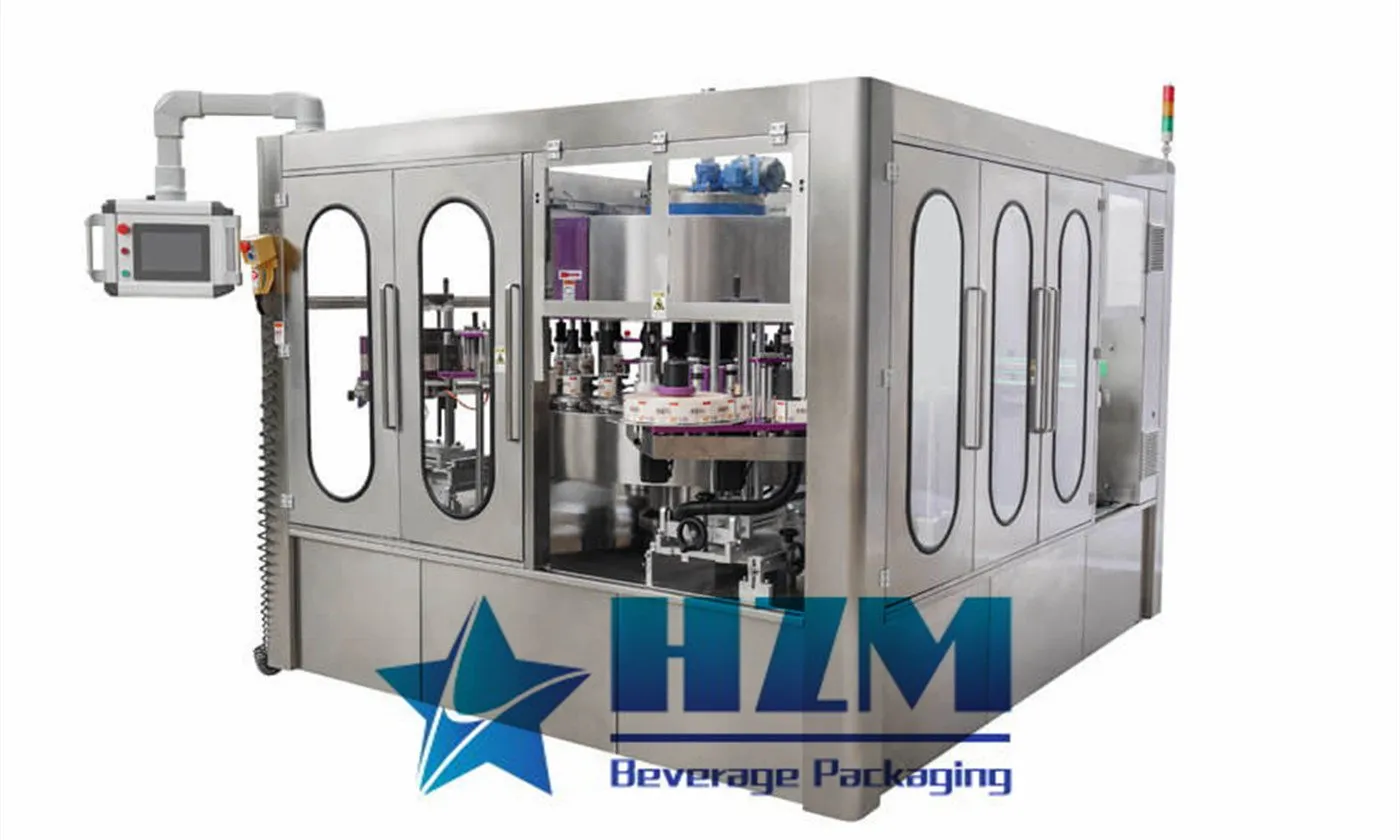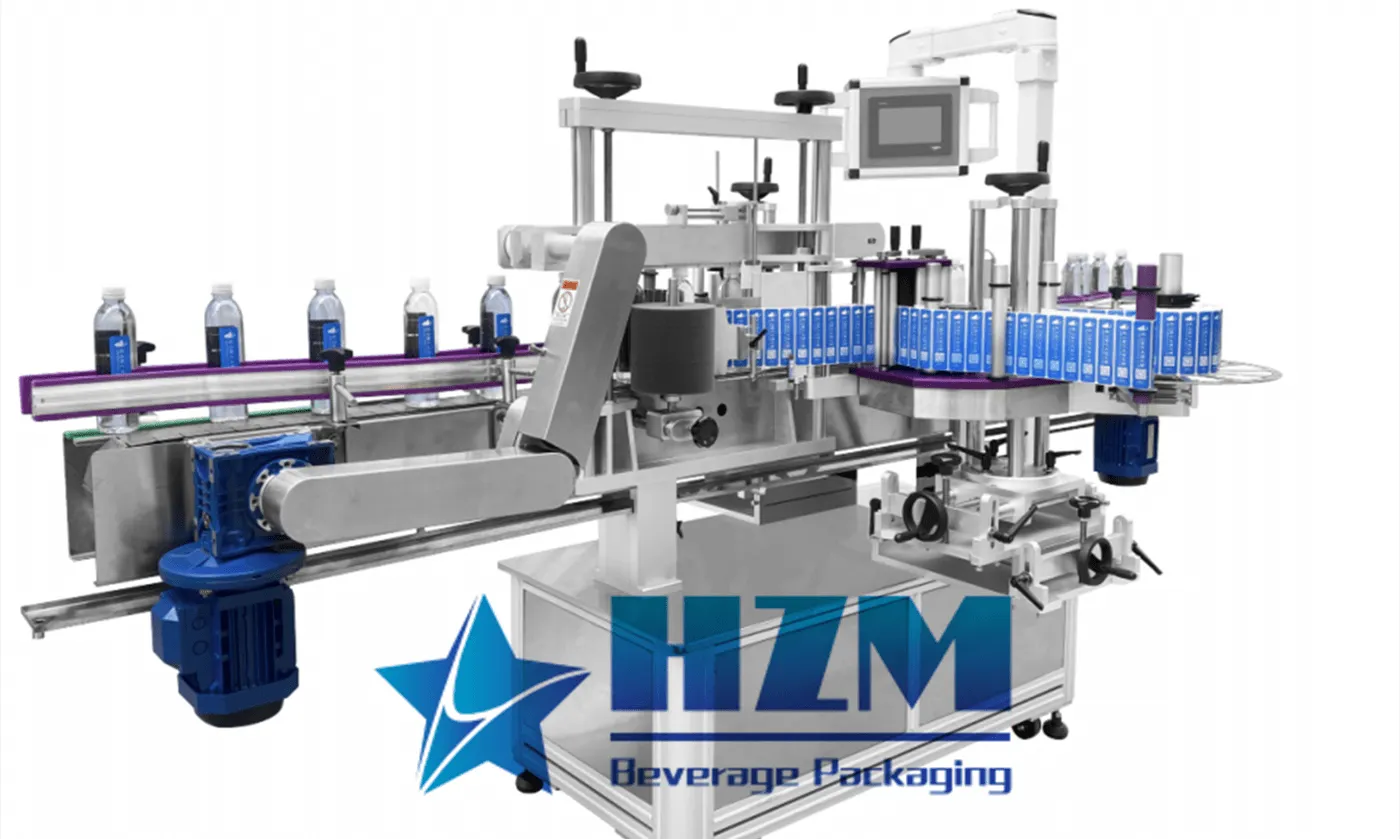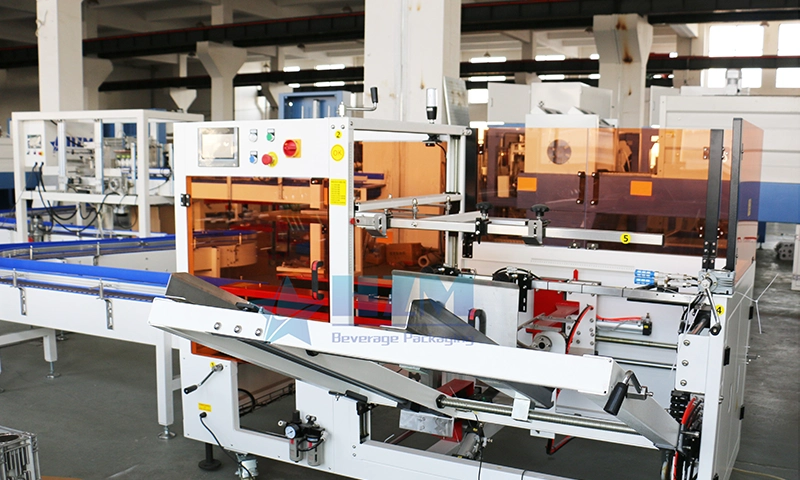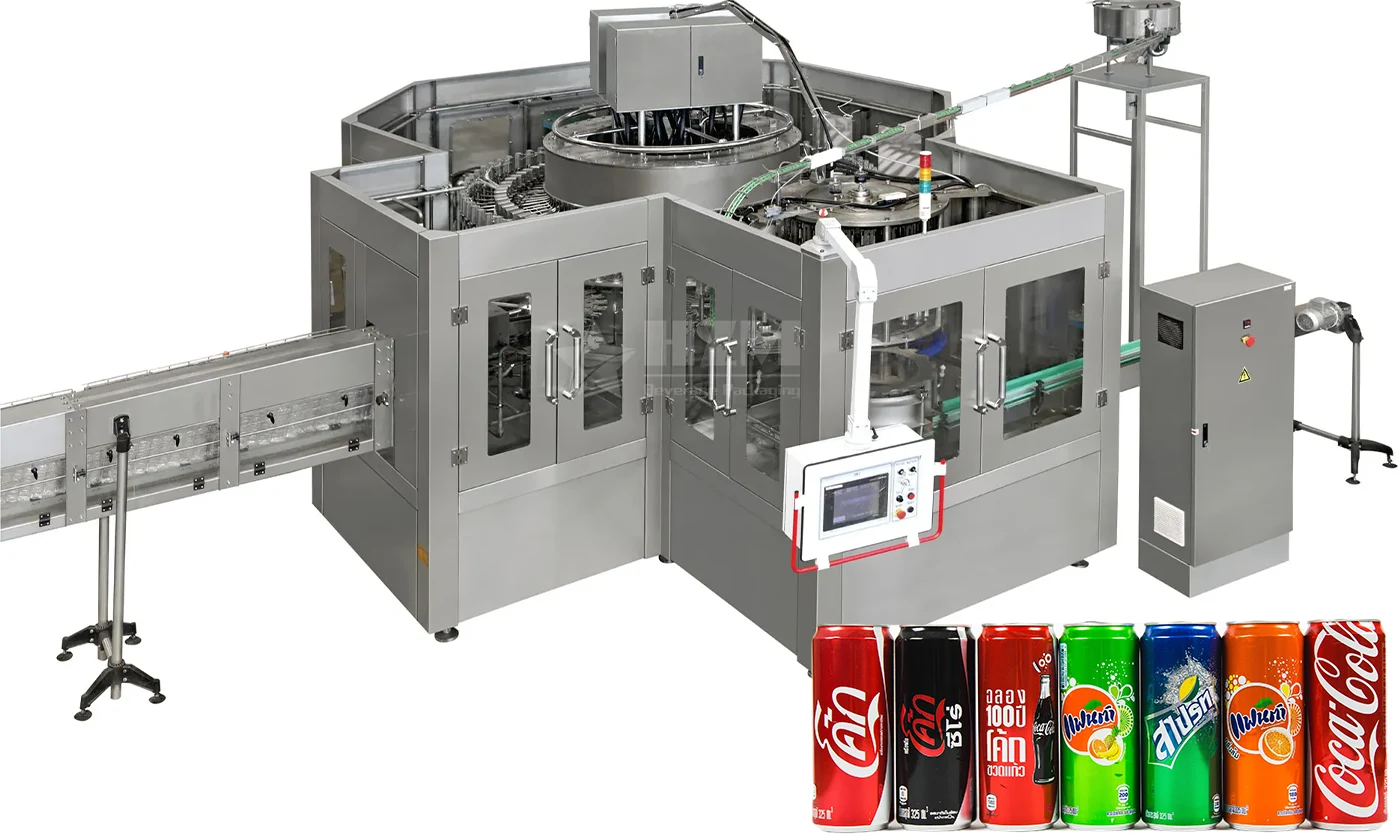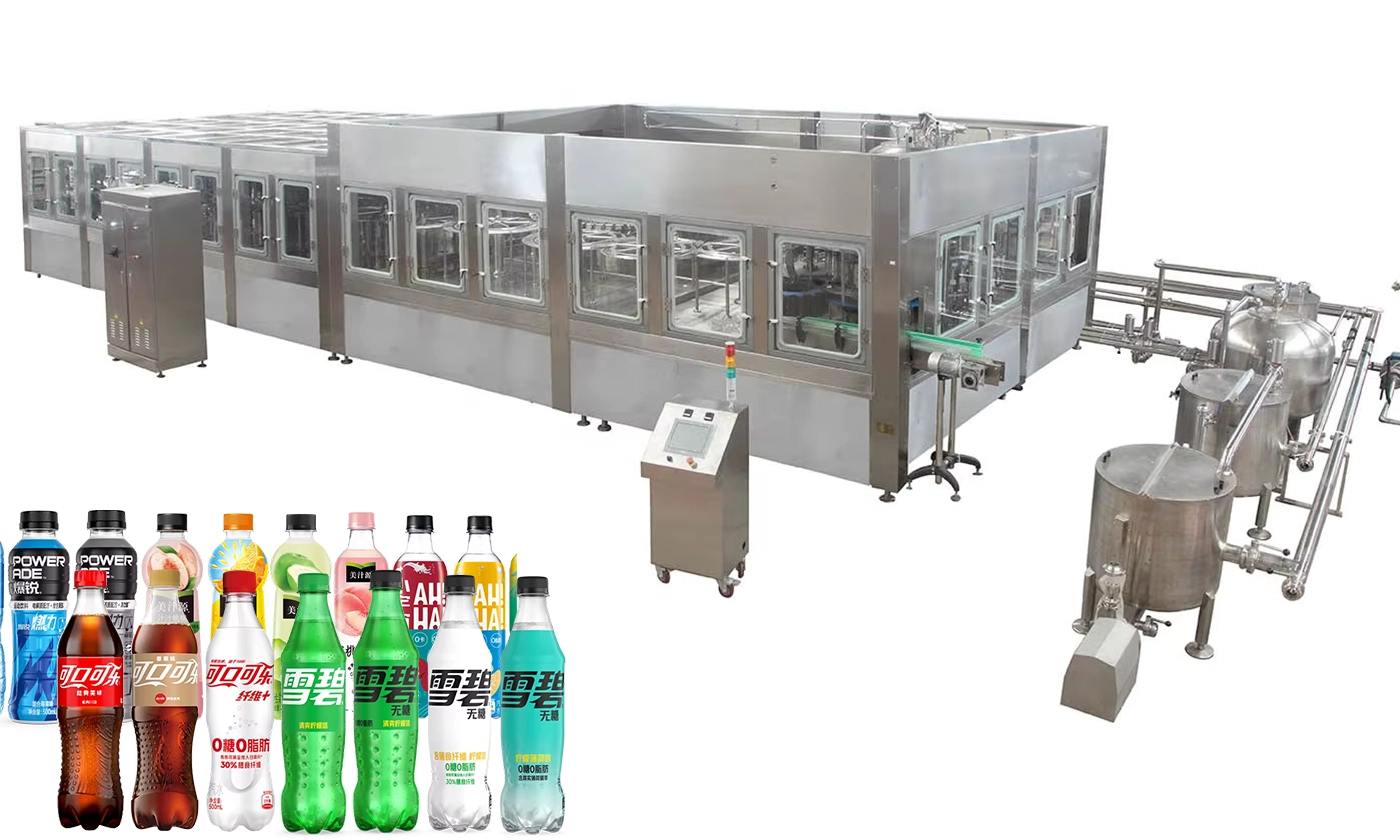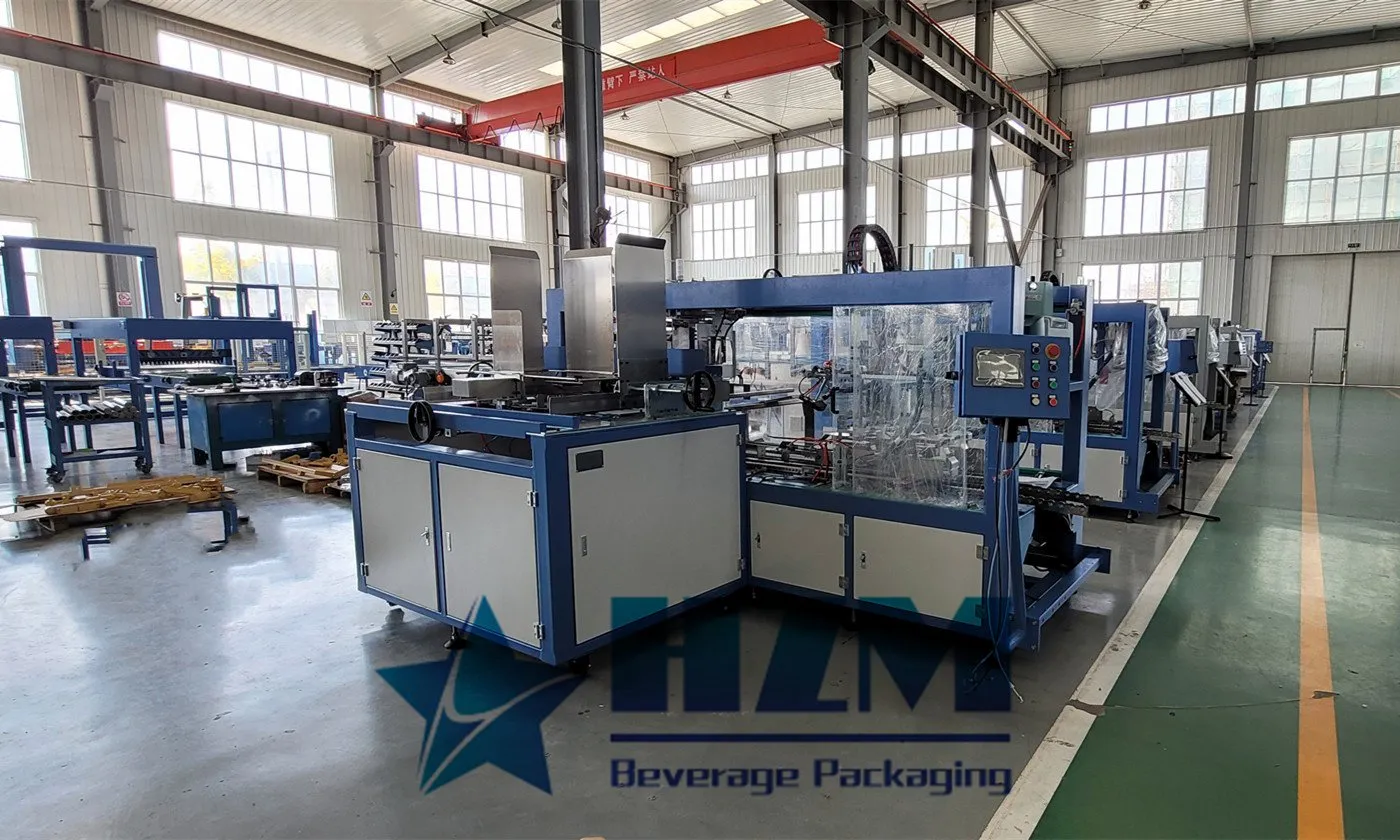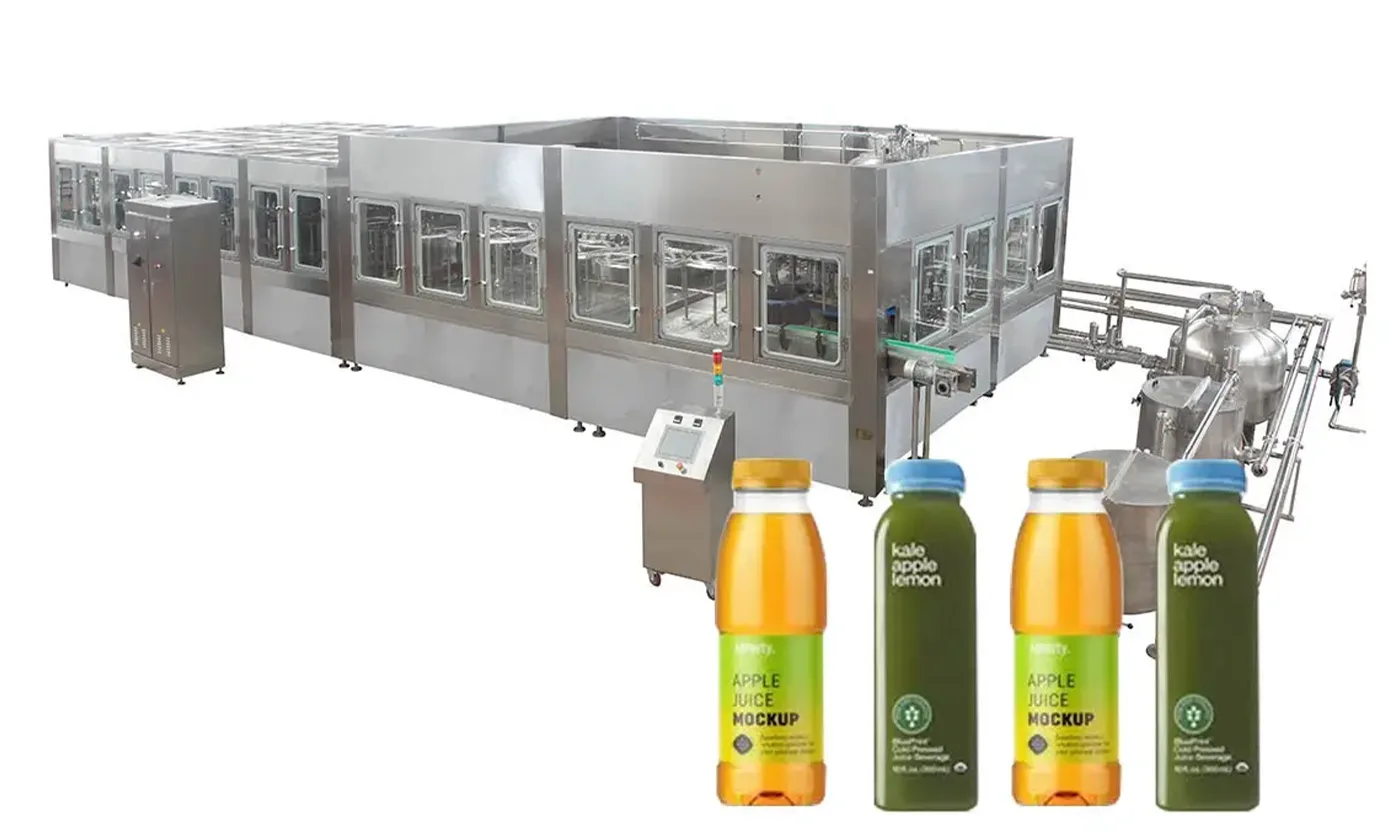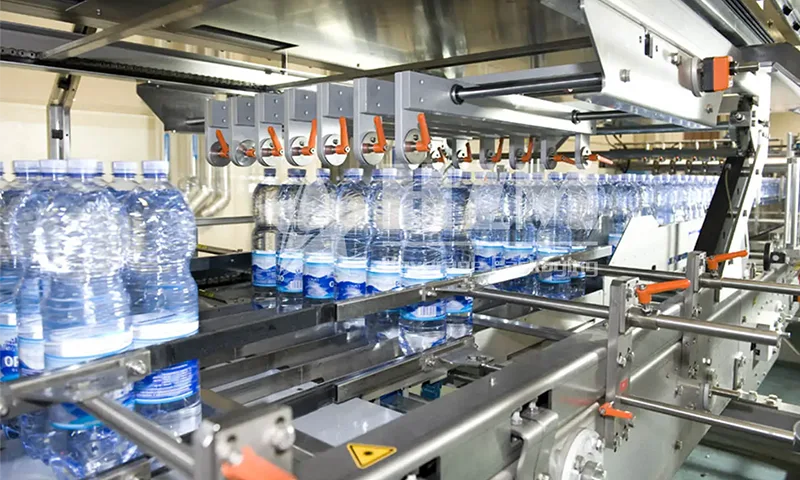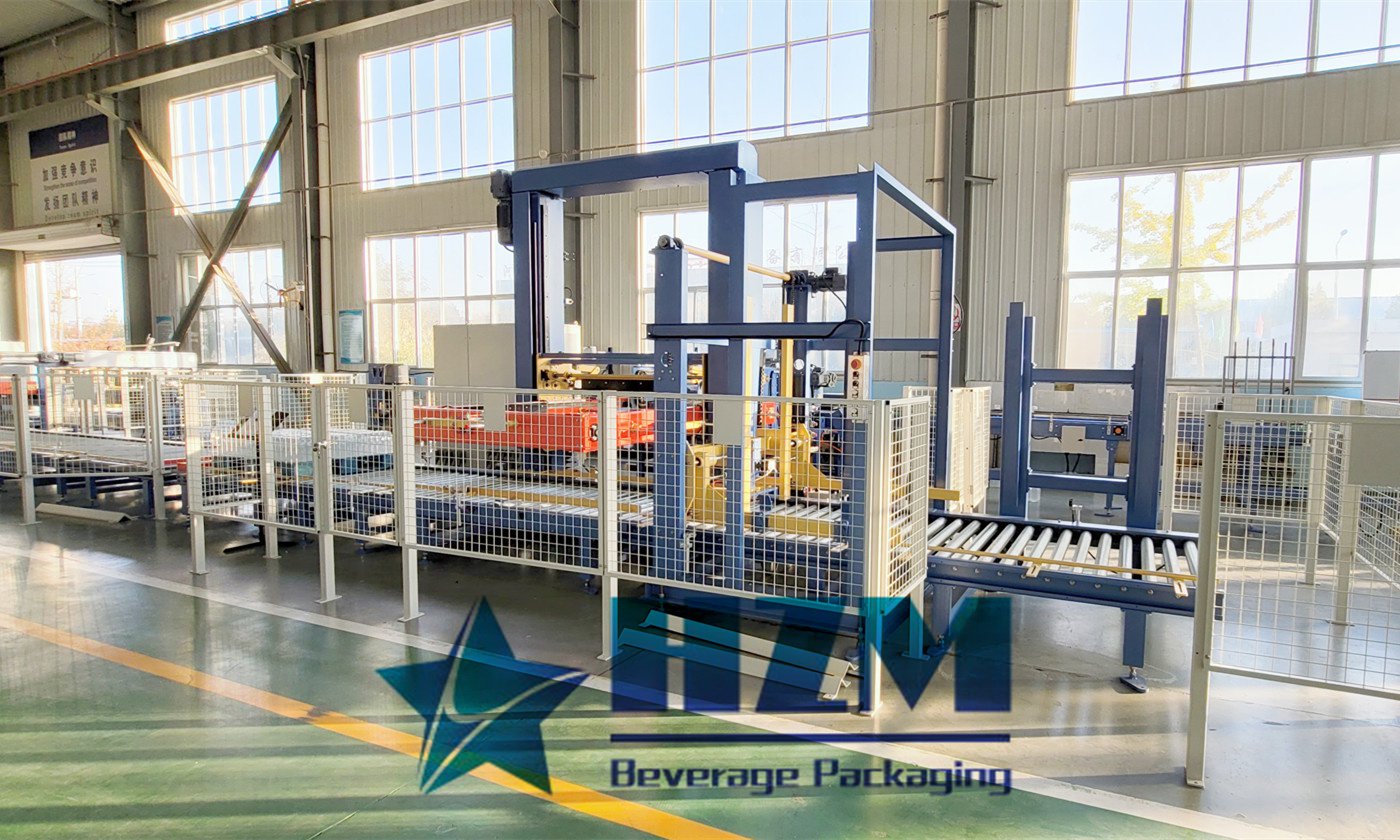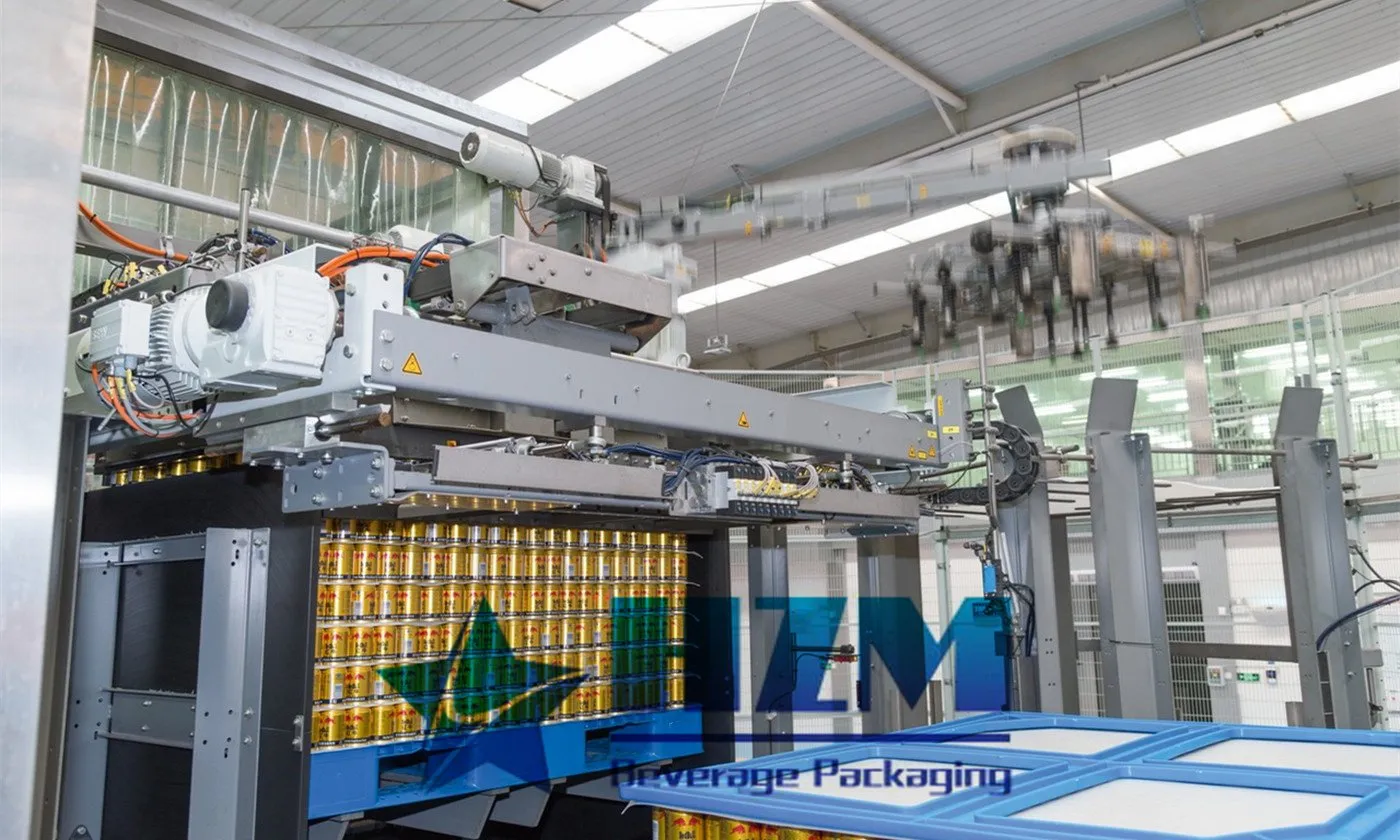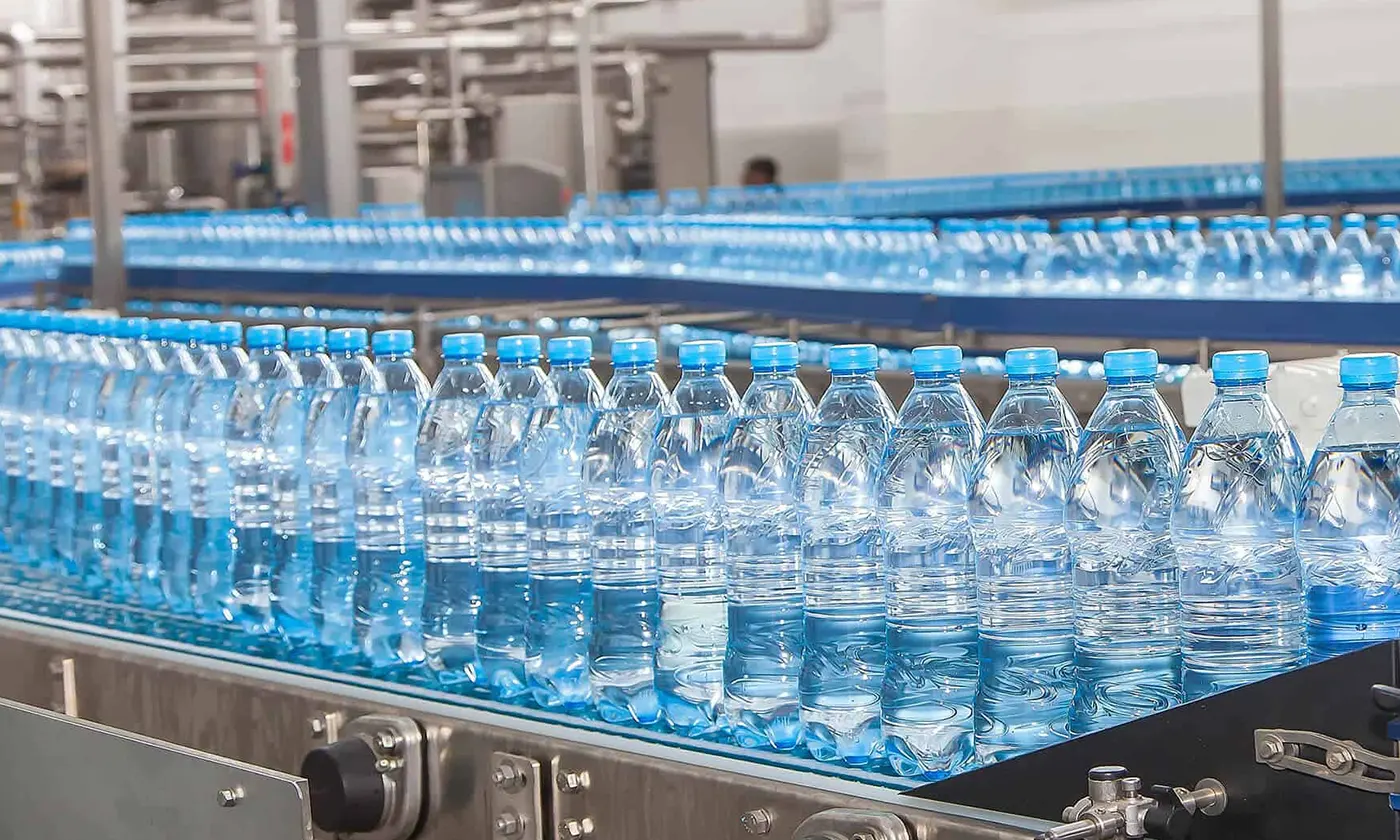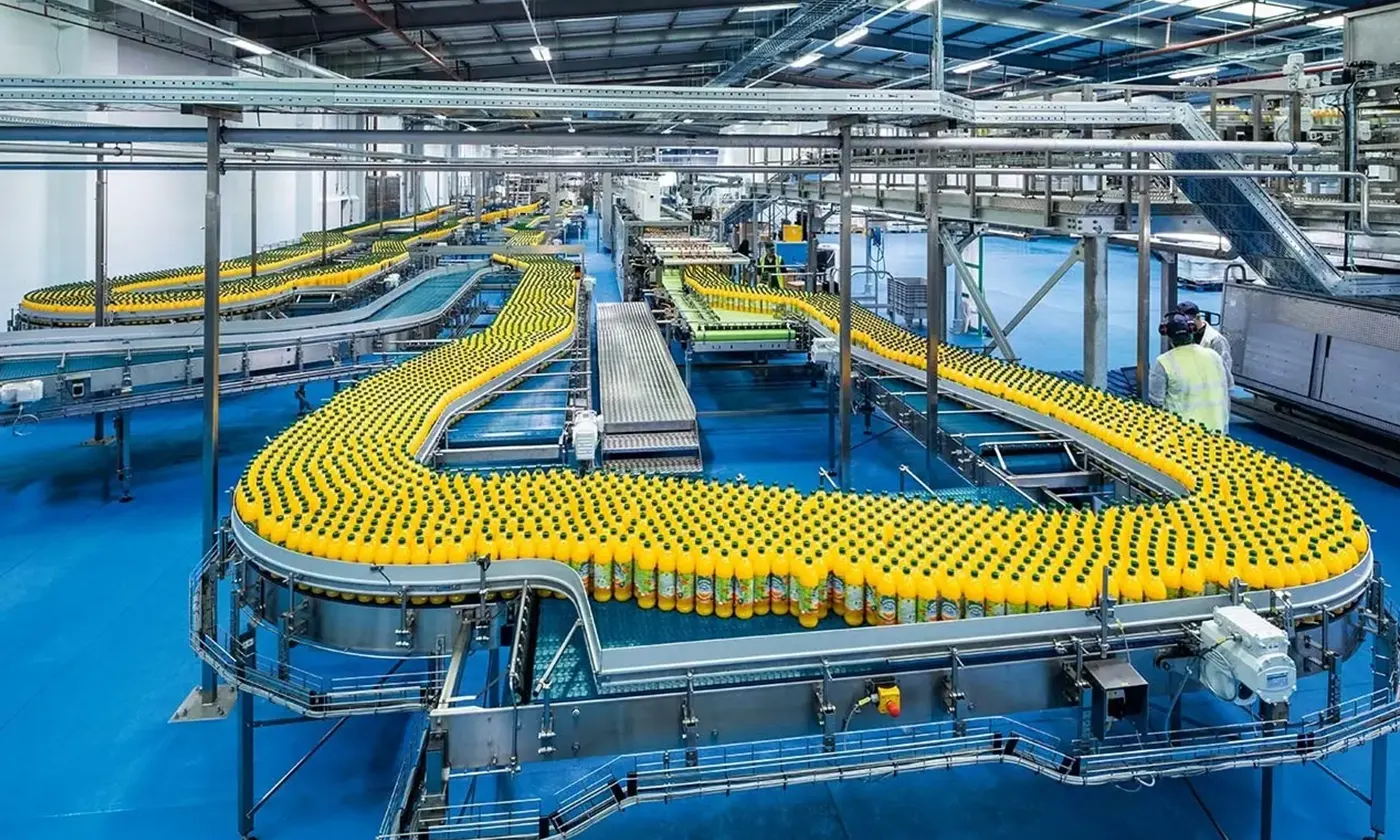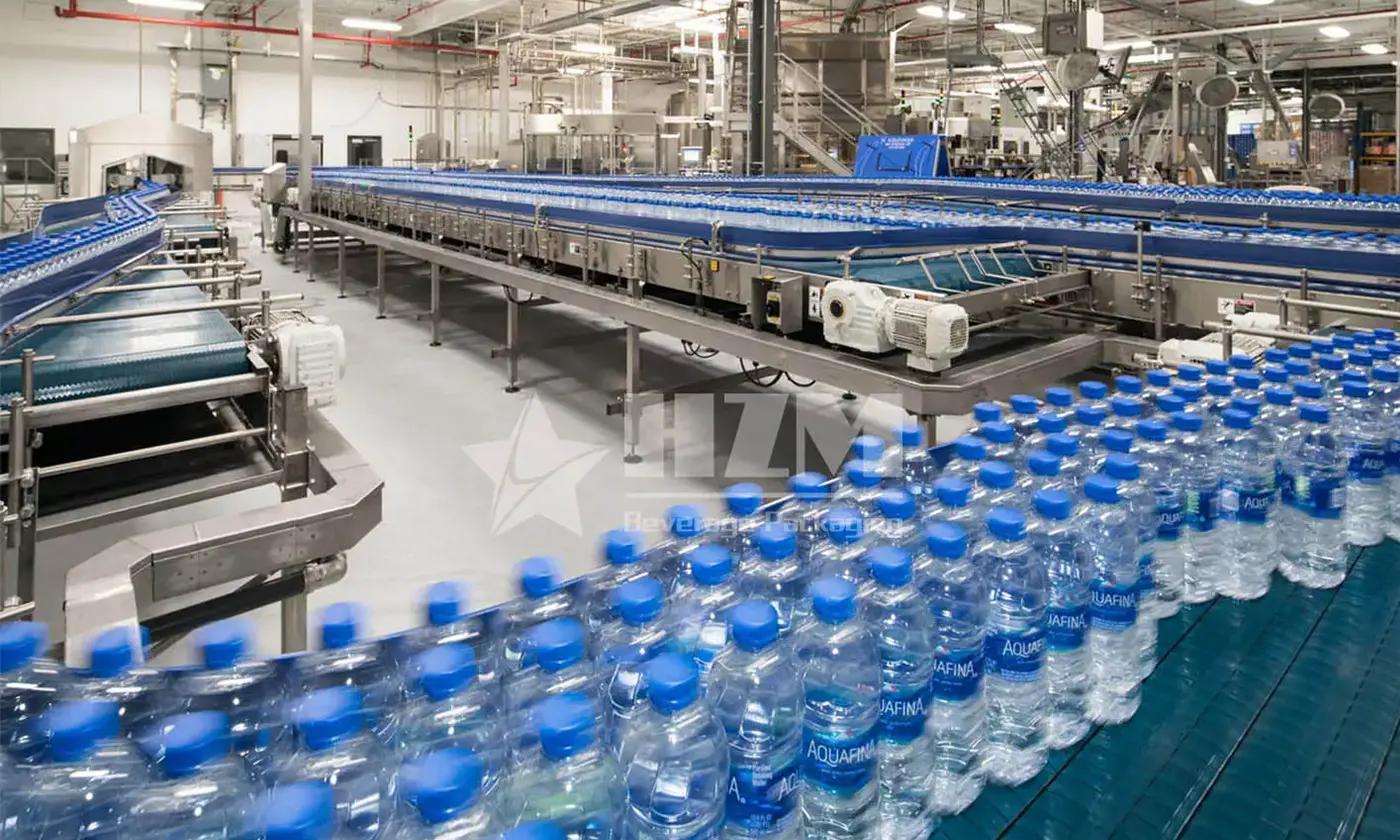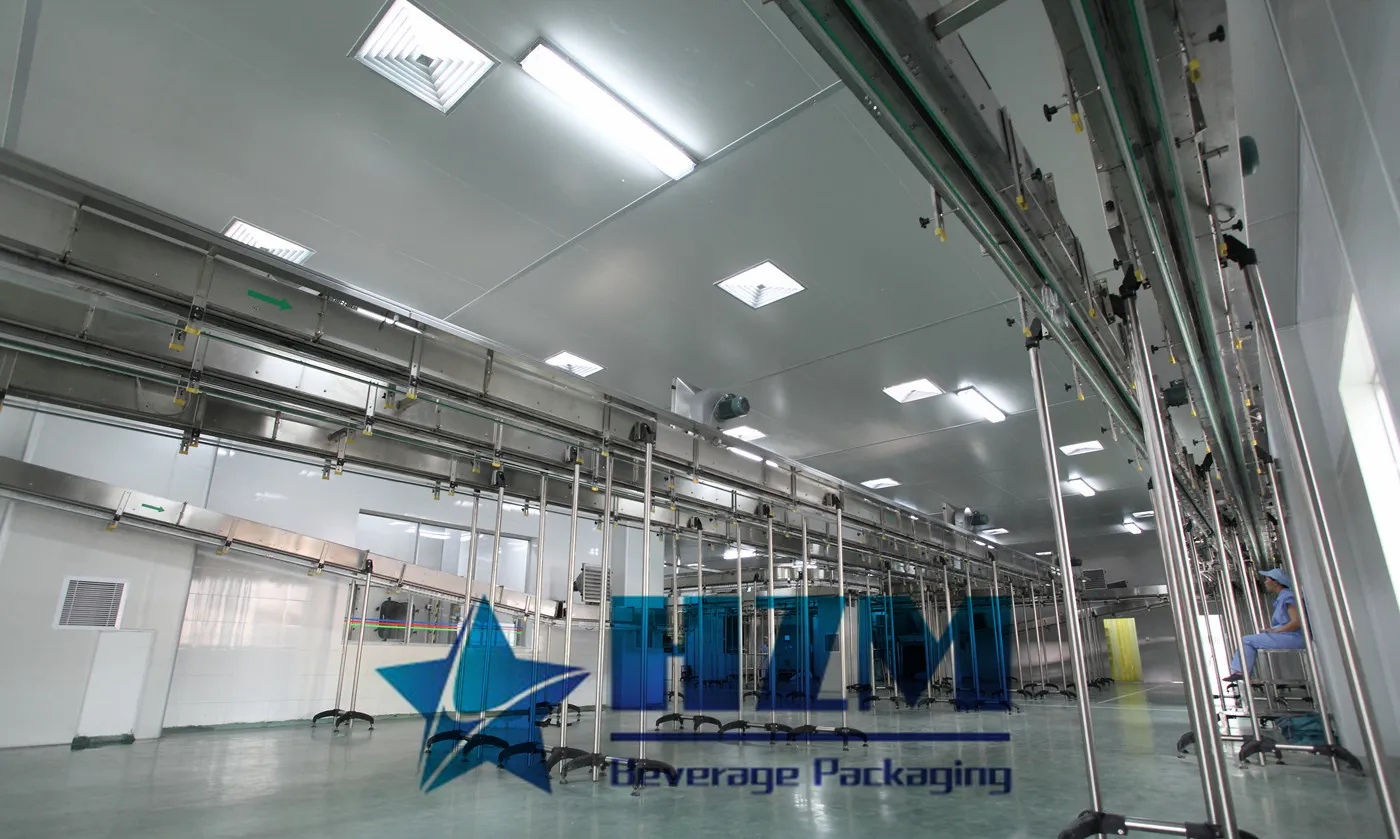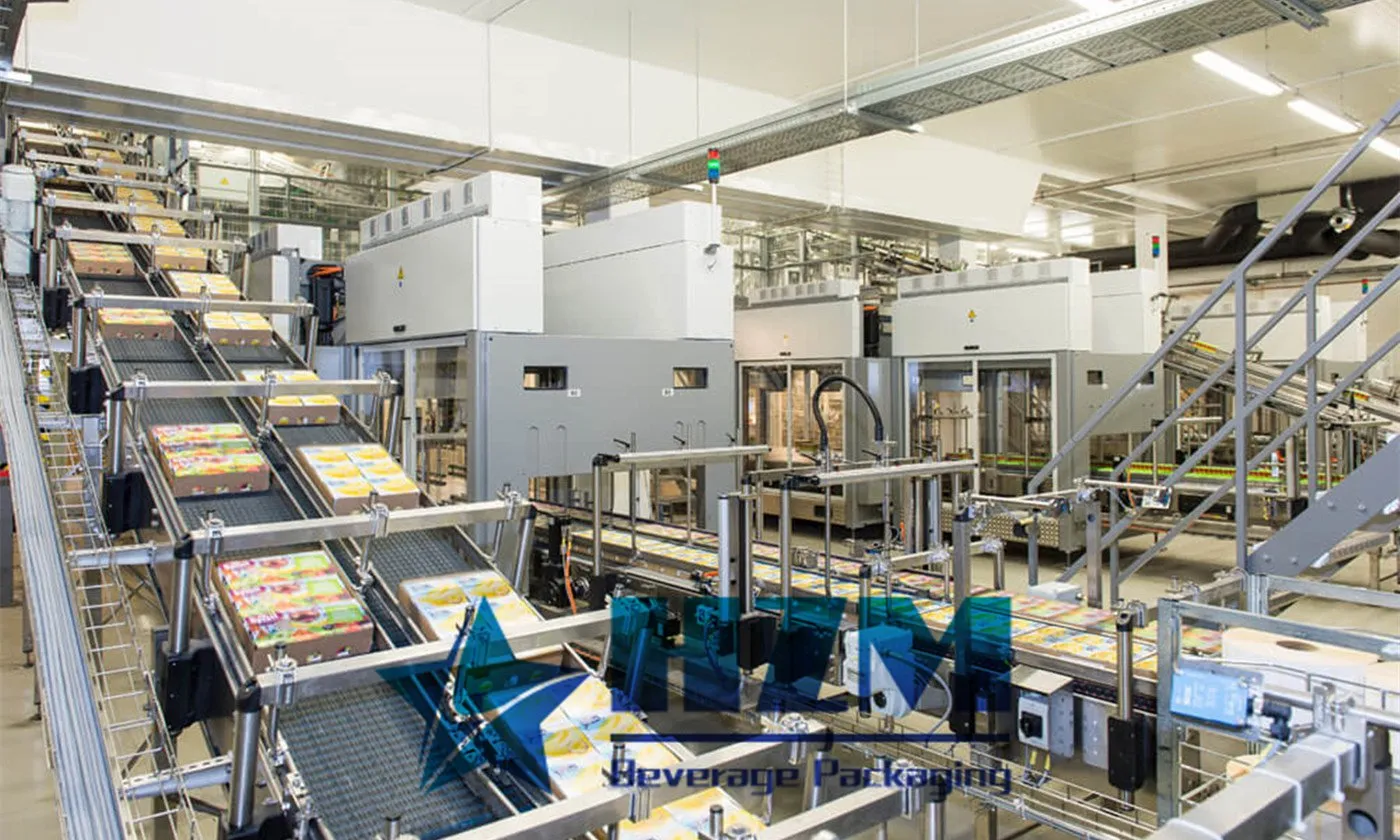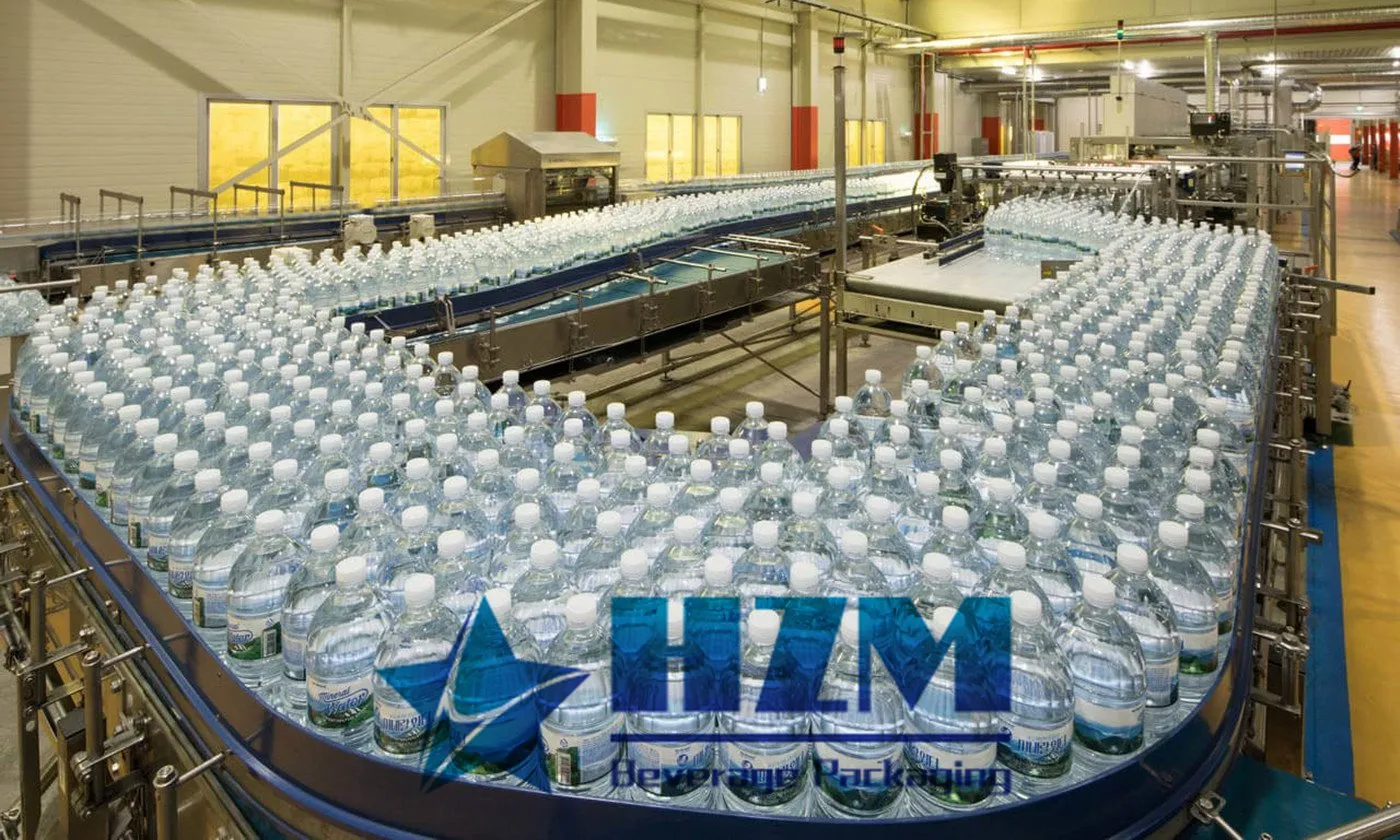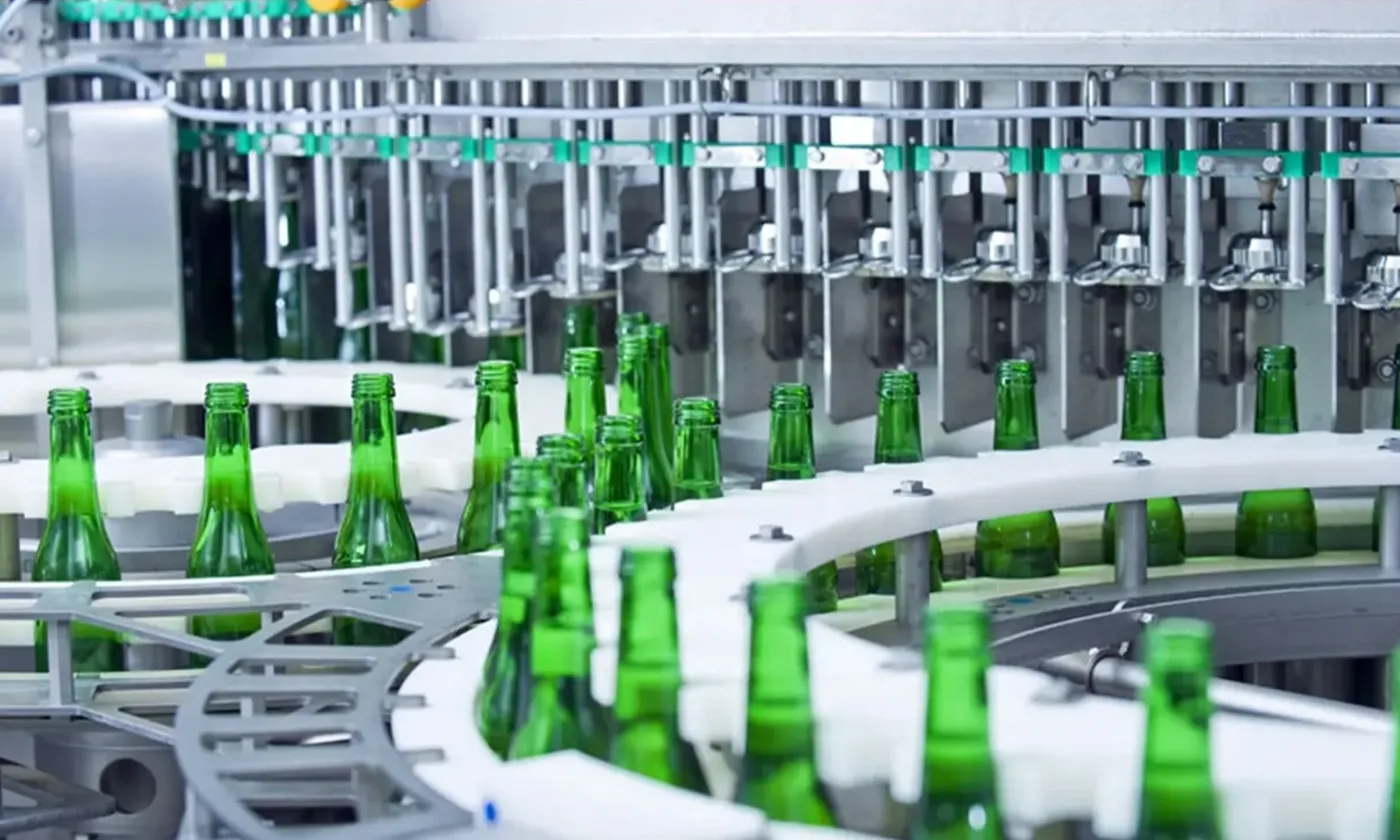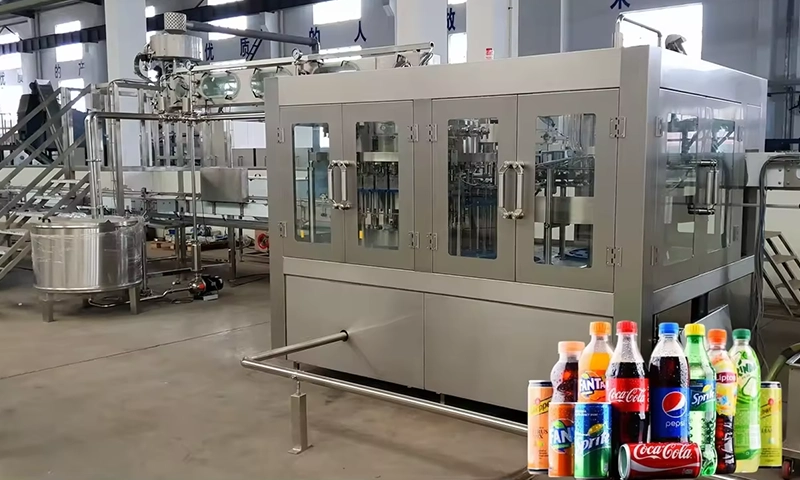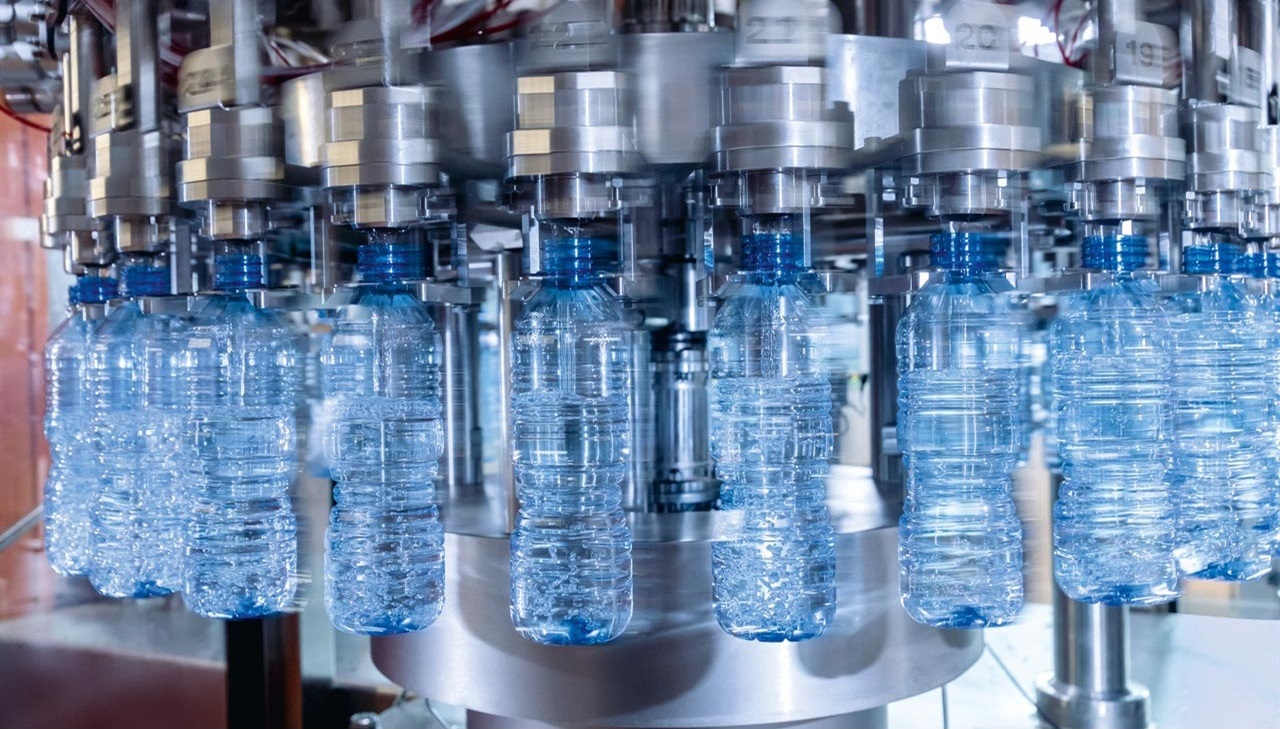
Is Mineral Water Production Equipment the Same as Purified Water Equipment?
In the world of water, mineral water and purified water are both beloved beverages. However, they have distinct differences in the equipment and technology used in their production processes. This article will provide a detailed comparison of mineral water production equipment and purified water equipment to help readers understand these two entirely different water treatment systems.

I. Similarities between Mineral Water Production Equipment and Purified Water Equipment
Although mineral water and purified water have vastly different production processes, they share some similarities. Firstly, both mineral water and purified water require certain filtration and purification processes to ensure water quality and safety. Secondly, both types of equipment require precise control of water pressure, temperature, and flow rates during the production process to ensure stability and efficiency.
II. Differences between Mineral Water Production Equipment and Purified Water Equipment
Despite some similarities in their equipment, mineral water and purified water production equipment have significant differences in several aspects:
- Production Process: Mineral water production equipment typically includes steps like water sourcing, filtration, mineralization, and bottling, while purified water equipment primarily involves water sourcing, filtration, disinfection, and bottling.
- Water Quality Requirements: Mineral water equipment has stricter water quality requirements and aims to retain beneficial mineral ions for human consumption, whereas purified water equipment focuses on sterilization and the removal of impurities.
- Equipment Configuration: Mineral water production equipment often requires special components such as mineralization agents and ion exchange systems, while purified water equipment needs components like reverse osmosis membranes and ultraviolet disinfection units.
III. Detailed Differences in Mineral Water Production Equipment and Purified Water Equipment
Production Process:
Mineral water production equipment goes through multiple stages. It starts with sourcing water, followed by primary filtration to remove suspended particles and impurities. Then, it employs ultrafiltration membranes to eliminate harmful substances like bacteria and viruses while retaining beneficial mineral ions. After mineralization treatment, the water is transported to the bottling stage, and finally, it is packaged in bottles or containers.
Purified water equipment also includes water sourcing but typically employs reverse osmosis (RO) technology for deep filtration after primary filtration. The RO membrane effectively removes bacteria, heavy metals, and other impurities, allowing only water molecules to pass through. Subsequently, ultraviolet disinfection is used to ensure the water's safety and hygiene. Finally, the purified water is bottled or packaged.
Equipment Components and Functions:
Mineral water production equipment consists of water sourcing devices, primary filters, ultrafiltration membrane filters, mineralization agent dosing units, ion exchange systems, bottling equipment, and packaging equipment. These components work together to complete the mineral water production process.
Purified water production equipment comprises water sourcing devices, primary filters, RO membrane filters, ultraviolet disinfection units, bottling equipment, and packaging equipment. These components cooperate to ensure that purified water remains uncontaminated throughout the production process, achieving a high level of purity.
IV. Case Analysis of Mineral Water Production Equipment and Purified Water Equipment
In practical applications, the advantages and disadvantages of mineral water production equipment and purified water equipment become evident. For instance, in remote or mountainous areas, mineral water production equipment is widely used due to its simplicity, ease of operation, and adaptability. In contrast, in urban centers or large-scale water consumption scenarios, purified water equipment is preferred for its efficient purification capabilities and high level of automation.
However, in some cases, there may be opportunities for mutual adaptation between the two types of equipment. For instance, in areas with good water quality where primary filtration can meet the water quality requirements, simplifying the ultrafiltration step in mineral water production equipment can reduce costs and energy consumption. Conversely, in situations requiring high water purity, purified water equipment can be augmented with ion exchange systems and other components to meet specific needs.
V. Conclusion
In summary, mineral water production equipment and purified water equipment differ significantly in terms of production processes, water quality requirements, and equipment configurations. Although both are designed to produce safe, hygienic, and high-quality drinking water, the choice of equipment type should be based on specific needs and scenarios. By understanding the similarities and differences between the two types of equipment and their performance in real-world applications, we can better select the appropriate drinking water production equipment for different situations.
TAG: Water Filling Machine Water Production Equipment
-
![Core Selling Points of Glass Bottle CSD Filling & Capping Line]()
Core Selling Points of Glass Bottle CSD Filling & Capping Line
-
![Customizable beverage filling system]()
Customizable beverage filling system
-
![Differences Between Hot Filling and Cold Filling in Beverage Filling Machines]()
Differences Between Hot Filling and Cold Filling in Beverage Filling Machines
-
![Selecting a Dedicated RO Reverse Osmosis Water Treatment System for a Purified Water Beverage Production Line]()
Selecting a Dedicated RO Reverse Osmosis Water Treatment System for a Purified Water Beverage Production Line
-
![How Fast Is the Labeling Speed of Tea Beverage Packaging Machines?]()
How Fast Is the Labeling Speed of Tea Beverage Packaging Machines?


